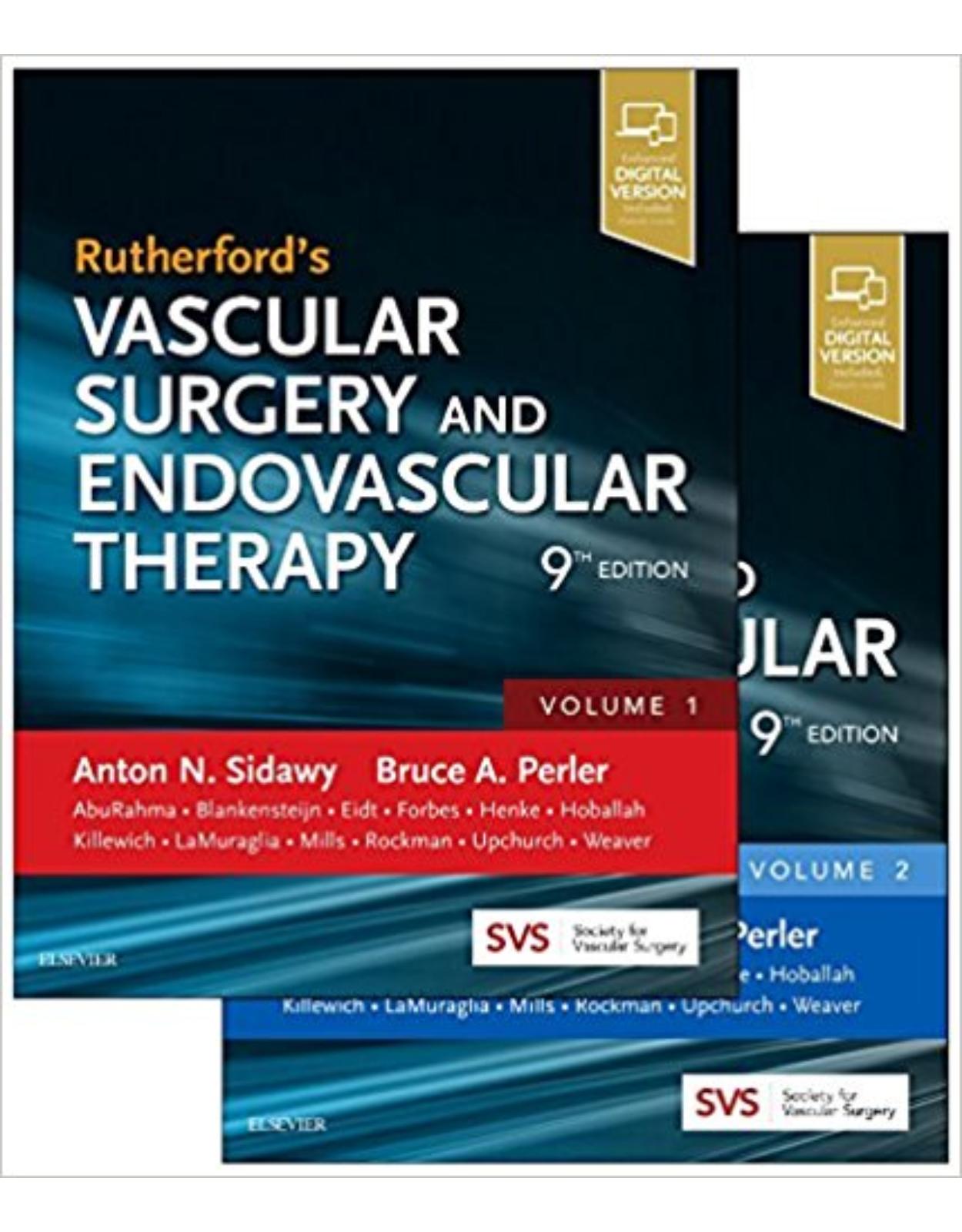
Rutherford's Vascular Surgery and Endovascular Therapy, 2-Volume Set, 9th Edition
Produs indisponibil momentan. Pentru comenzi va rugam trimiteti mail la adresa depozit2@prior.ro sau contactati-ne la numarul de telefon 021 210 89 28 Vedeti mai jos alte produse similare disponibile.
Disponibilitate: Acest produs nu este momentan in stoc
Editura: Elsevier
Limba: Engleza
Nr. pagini: 2832
Coperta: Hardback
Dimensiuni: 24.1 x 12.1 x 29.2 cm
An aparitie: 2018
Description:
Through nine outstanding editions, Rutherford's Vascular Surgery and Endovascular Therapy has been the gold standard text in this fast-changing, complex field. Published in association with the Society for Vascular Surgery, this state-of-the-art reference by Drs. Anton N. Sidawy and Bruce A. Perler is a must-have for vascular surgeons, interventionalists, vascular medicine specialists, and trainees, as well as general surgeons, interventional radiologists, and cardiologists that depend upon "Rutherford’s" in their practice. It offers authoritative guidance from the most respected and innovative global thought leaders and clinical and basic science experts in the diagnosis and treatment of circulatory disease.
Incorporates medical, endovascular, and surgical treatment, as well as diagnostic techniques, decision making, and fundamental vascular biology.
Features all vascular imaging techniques, offering a non-invasive evaluation of both the morphology and hemodynamics of the vascular system.
Provides unparalleled insight from multidisciplinary leaders worldwide, who share their expertise on the most appropriate contemporary and future treatment of circulatory disease.
Employs a full-color layout and images so you can view clinical and physical findings and operative techniques more vividly.
Includes 40 new chapters incorporating a shorter, more focused format with a summary for each chapter that provides a quick access to key information – ideal for consultation situations as well as daily practice.
Some of these chapters are organized in new sections dedicated to open operative exposure and vessel dissection techniques, diabetic foot, Pediatric Vascular Disease, and practice management issues; areas in the specialty that clinicians frequently face but seldom detailed in other vascular texts nor in earlier Rutherford editions.
Covers hot topics such as endovascular therapy of aortic arch and thoracoabdominal aortic aneurysm disease, including the evolving management of aortic dissections.
Table of Contents:
Volume 1
Section 1 Basic Science
Chapter 1 Epidemiology and Research Methodology
Abstract
Epidemiology
Clinical Research Methods
Outcomes Analysis
Outcomes Translational Research
References
Chapter 2 Embryology and Developmental Anatomy
Abstract
Formation of Embryonic Blood Vessels
Development of the Descending (Thoracic and Abdominal) Aorta
Development of the Limbs
Development of the Venous System
References
Chapter 3 Vessel Wall Biology
Abstract
Arterial Wall Anatomy
Arterial Wall System
Hemodynamics and Vascular Wall Biology
Vein Wall Anatomy
Vein Wall System
Lymphatic Wall Anatomy
Lymphatic Wall System
References
Chapter 4 Atherosclerosis
Atherosclerotic Lesions
Theories of Pathogenesis
Atherosclerosis as a Chronic Inflammatory Disease
Localization of Atherosclerosis
Progression/Regression of Plaques
Thrombotic Complications of Atherosclerosis
Identification of Vulnerable Lesions
References
Chapter 5 Intimal Hyperplasia
Response of the Artery to Injury
Response of Vein to Injury
Healing Response of the Prosthetic Graft
Intimal Hyperplasia and Dialysis Access
Conclusion
References
Chapter 6 Ischemia-Reperfusion
Abstract
Pathophysiology of Ischemia-Reperfusion Injury
Clinical Manifestations of Ischemia-Reperfusion Injury
Future Directions in Ischemia-Reperfusion Injury
References
Chapter 7 Arteriogenesis and Angiogenesis
Neovascularization
Arteriogenesis
Angiogenesis
Role of Micrornas in Neovascularization
Clinical Trials
References
Chapter 8 Arterial Hemodynamics
Basic Concepts
Arterial Stenosis
References
Chapter 9 Venous Pathophysiology
Introduction
Basic Considerations
Thrombophlebitis
Conclusion
References
Chapter 10 Lymphatic Pathophysiology
Anatomy
Physiology
Molecular Lymphology
Pathophysiology
Clinical Overview
References
Section 2 Atherosclerotic Risk Factors
Chapter 11 Atherosclerotic Risk Factors
Abstract
Epidemiology
Biologic Effects of Smoking on the Vasculature
Nonvascular Clinical Effects
Vascular Clinical Effects
Smoking Cessation
References
Chapter 12 Atherosclerotic Risk Factors
Epidemiology
Classification of Diabetes
Diabetes and Vascular Disease
Pathophysiology of Vascular Disease in Diabetes
Vascular Evaluation of Patients With Diabetes
Treatment of Patients With Diabetes and Peripheral Artery Disease
Summary and Future Directions
References
Chapter 13 Atherosclerotic Risk Factors
Abstract
Historical Perspective
Physiology and Metabolism of Lipids
Pathophysiology of Atherosclerosis
Diagnosis of Atherogenic Lipid Disorders
Evolution of the Guidelines for Management and Therapeutic Goals for Lipoprotein Disorders
Clinical Trials of the Management of Dyslipidemia in Peripheral Arterial Disease
Nonpharmacologic Therapy for Dyslipidemia
Pharmacologic Therapy for Dyslipidemia
References
Chapter 14 Atherosclerotic Risk Factors
Epidemiology
Diagnosis
Pathologic Mechanisms of Hypertension and Atherosclerosis
Management
References
Chapter 15 Atherosclerosis Risk Factors
Abstract
Familial Hypercholesterolemia
Familial Hypertension
Familial Diabetes
Familial Obesity
Genetics of Peripheral Artery Disease
Influence of Nongenetic Factors
Risk Assessment and Diagnosis
Risk Management
References
Chapter 16 Less Commonly Considered Causes of Atherosclerosis
Abstract
The Atherosclerotic Lesion
Hyperlipidemia
Diet
Infection
Environmental Toxins
Summary
References
Chapter 17 International and Ethnic Trends in Vascular Disease
Abstract
International Trends
Ethnic Trends
References
Section 3 Clinical and Vascular Laboratory Evaluation
Chapter 18 Clinical Evaluation of the Arterial System
Abstract
Overview of the Clinical Evaluation
History in Patients With Arterial Disease
Physical Examination in Patients With Arterial Disease
The Ulcerated Leg
References
Chapter 19 Clinical Evaluation of the Venous and Lymphatic Systems
Introduction
Anatomic Considerations
The Clinical Evaluation
References
Chapter 20 Vascular Laboratory
Doppler Ultrasonography
Pressure Measurements
Plethysmography
Other Methods
References
Chapter 21 Vascular Laboratory
Instrumentation and Basic Concepts
Duplex Surveillance
References
Chapter 22 Vascular Laboratory
Ambulatory Venous Pressure
Plethysmography
Selective Use of Venous Physiologic Testing
References
Chapter 23 Vascular Laboratory
Abstract
Normal B-Mode Imaging Findings
Normal Flow Patterns in Veins
Diagnosis of Deep Vein Thrombosis
Calf Vein Thrombosis
Iliac Vein and Inferior Vena Cava
Diagnosis of Upper Extremity Deep Vein Thrombosis
Limited or Point-of-Care Ultrasound Examinations
Determination of Thrombus Age
Novel Ultrasound Techniques: Elastography
Determining the Duration of Therapy for Acute Deep Vein Thrombosis
Diagnosis of Recurrent Thrombosis
Superficial Veins
Evaluation for Chronic Venous Disease: Venous Insufficiency
Perforating Veins
References
Section 4 Vascular Imaging
Chapter 24 Radiation Safety
Abstract
Types of Radiation
Measurement
Biologic Effects of Radiation
Exposure and Recommended Limits
Principles of Radiation Protection
Radiation Safety: Diagnostic Procedures
Radiation Safety: Endovascular Procedures
Radiation and the Endovascular Surgeon
Radiation and Pregnancy
References
Chapter 25 Arteriography
Abstract
Equipment
Techniques
Clinical Applications
Limitations and Risks
Future Advances
References
Chapter 26 Venography
Basic Principles
Clinical Applications
Iliac Vein Assessment and Inferior Venacavography
Venography During Treatment of Iliocaval Stenosis
Diagnostic Venography of Pelvic Congestion Syndrome
Venography for Varicoceles
Renal Venography
Diagnostic Angiography of Mesenteric or Portal Venous Thrombosis
Diagnostic Venography of Budd-Chiari Syndrome
Upper Extremity Venography
Central Thoracic Venography
Pulmonary Arteriography
General Limitations and Risks of Venography
Future Advances
References
Chapter 27 Computed Tomography
Basic Principles
Clinical Application
Limitations and Risks
Common Artifacts
Special Pediatric Considerations
Future Advances
Acknowledgment
References
Chapter 28 Magnetic Resonance Imaging and Arteriography
Abstract
Basic Principles
Clinical Applications of Magnetic Resonance Angiography
Limitations and Risks
Recent Advances
References
Chapter 29 Vascular PET/CT and SPECT/CT
Abstract
Basic Principles
Clinical Applications
Limitations and Risks
Future Advances
References
Chapter 30 Intravascular Ultrasound
Abstract
Introduction
Basic Principles
Clinical Applications
Limitations and Risks
Future Advances
References
Chapter 31 The Future of Imaging for Endovascular and Open Surgery
Background
X-Ray Imaging and Hybrid Operating Rooms
Endovascular Navigation and Catheter Robotics
The Future Hybrid Operating Suites
References
Section 5 Perioperative Care
Chapter 32 Preoperative Evaluation and Management
Abstract
General Preoperative Risk Assessment
Preoperative Medical Versus Interventional Therapy for Cardiac Disease
Ethical and Legal Concerns/Frailty Assessment
References
Chapter 33 Intraoperative Management
Anesthesia
Intraoperative Monitoring
Neurologic Monitoring
Infection Control and Maintenance of Homeostasis
Anticoagulation/Antiplatelet Therapy
Control of Blood Loss/Transfusion
Transfusion Strategies
Venous Thromboembolic Prophylaxis
Intraoperative Safety
References
Chapter 34 Postoperative Management
Postoperative Triage
Hemodynamics and Pressure Monitoring
Cardiovascular Complications
Pulmonary Management
Bleeding
Fluids
Renal Failure
General Issues
References
Chapter 35 Hospital Readmissions in Vascular Surgery
Abstract
Introduction
History
Readmission in Vascular Patients
Interventions to Decrease Readmissions in Vascular Surgery
Limitations of 30-Day Readmissions
Conclusions
References
Section 6 Bleeding and Clotting
Chapter 36 Normal Coagulation
Abstract
Introduction
Procoagulant, Anticoagulant, and Fibrinolytic Proteins, Inhibitors, and Receptors
Connectivity and Dynamics of Blood Coagulation
Blood Coagulation Monitoring
Acknowledgment
References
Chapter 37 Coagulopathy and Hemorrhage
Abstract
Diagnosis and Preoperative Screening for Bleeding Disorders
Inherited Coagulopathies
Acquired Coagulopathies
Drug-Induced Coagulopathies
Hypothermia
Acidosis
Dilution
Treatment
Intraoperative Bleeding
Postoperative Bleeding
References
Chapter 38 Hypercoagulable States
Pathophysiology
Congenital Hypercoagulability
Acquired Hypercoagulability
Evaluation of the Patient With Suspected Thrombophilia
References
Chapter 39 Anticoagulant Drugs
Introduction
References
Chapter 40 Antiplatelet Agents
Introduction
Normal Platelet Function and Platelet Activation
Clinical Use of Antiplatelet Agents in Vascular Disease
References
Chapter 41 Thrombolytic Agents
Abstract
History
Thrombolytic Drug Administration
Thrombolytic Agents
Clinical Applications
References
Section 7 Complications
Chapter 42 Systemic Complications
Abstract
Epidemiology
The Pathophysiology of Perioperative Myocardial Infarction
Preoperative Cardiac Evaluation
Class I
Class III: No Benefit
Medical Prophylaxis
Treatment
References
Chapter 43 Respiratory Complications
Preoperative Risk Stratification
Perioperative Risk Reduction
Clinical Manifestations
Management Strategies
References
Chapter 44 Systemic Complications
Abstract
Renal Anatomy
Renal Function
Acute Kidney Injury After Vascular and Endovascular Procedures
Ischemic Injury to the Kidney
Altered Renal Function During Aortic Surgery
Acknowledgment
References
Chapter 45 Neurologic Complications
Structure of a Peripheral Nerve
Causes of Nerve Damage
Diagnostic Evaluation
General Principles of Treatment
Trauma
Specific Nerve Injuries
Spinal Cord and Lumbosacral Plexus Injury
Femoral Nerve Injury
Saphenous Nerve and Sural Nerve Injury
Tibial and Peroneal Nerve Injury
Other Nerves
References
Chapter 46 Graft Thrombosis
Abstract
Prevention: Intraoperative Graft Assessment
Graft Thrombosis: Pathogenesis
Graft Thrombosis: Therapeutic Approach
Acknowledgment
References
Chapter 47 Graft Infection
Abstract
Incidence
Classification
Pathogenesis
Diagnosis
Surgical Treatment and Outcomes
References
Chapter 48 Anastomotic Aneurysms
Incidence and Anatomic Location
Pathogenesis
Clinical Diagnosis
History and Physical Examination
Surgical Treatment
Outcomes
References
Chapter 49 Local Complications
Primary Aortoenteric Fistula
Secondary Aortoenteric Fistula
Clinical Presentation
Diagnosis
Treatment
Results and Conclusions
References
Chapter 50 Local Endovascular Complications and Their Management
Abstract:
Introduction
Groin Hematoma
Retroperitoneal Hematoma
Arteriovenous Fistula
Pseudoaneurysm
Axillary and Brachial Access Complications
Percutaneous Closure Device Complications
Bleeding Complications
Ischemic Complications
Procedure-Specific Complications
Other Complications of Endovascular Procedures
References
Chapter 51 Venous Complications
Abstract
Incidence of Venous Complications
Conclusions
References
Chapter 52 Local Complications
Abstract
Post-Bypass Edema
Lymphatic Fistula
Lymphocele
Chylous Ascites
Thoracic Duct Fistula
Chylothorax
References
Section 8 Technique
Chapter 53 Thoracic and Thoracoabdominal Vascular Exposure
Abstract
Exposure of the Ascending Aorta and Aortic Arch
Exposure of the Distal Aortic Arch and Descending Thoracic Aorta
Exposure of the Thoracoabdominal Aorta
Exposure of the Distal Descending Thoracic Aorta and Visceral Aorta
References
Chapter 54 Abdominal Vascular Exposures
Abstract
Anatomic Considerations
Exposure of Major Abdominal Veins
References
Chapter 55 Cerebrovascular Exposure
Abstract
General
Exposure of the Carotid Artery for Endarterectomy
Retrojugular Approach
Posterior Approach for Carotid Endarterectomy
Proximal Exposure for Carotid Endarterectomy
Reoperative Exposure for Carotid Stenosis
Exposure for Subclavian Carotid Interventions
Vertebral Artery Exposure
Exposure of the V2 Segment of the Vertebral Artery
Posterior Exposure of the Suboccipital Vertebral Artery (V4) Segment
Tips
Chapter 56 Lower Extremity Arterial Exposure
Abstract
Introduction
Femoral Artery Exposure
Popliteal Artery Exposure
Suprageniculate Popliteal
Midpopliteal
Infrageniculate Popliteal
Exposure of the Tibial and Peroneal Arteries
Exposure of the Arteries of the Foot
Exposure for Obturator Bypass
Exposure of the Lower Extremity Veins
Small Saphenous Vein
Femoral Vein of the Thigh
References
Chapter 57 Upper Extremity Vascular Exposure
Abstract
Introduction
Exposure of Arteries Within the Thorax
Exposure of Veins Within the Thorax
Exposure of Vessels Within the Thoracic Outlet
Exposure of the Arm Vessels
References
Chapter 58 Spinal Operative Exposure
Abstract
Clinical Presentation, Diagnostic Evaluation, and Risk Assessment
Surgical Treatment
Surgical Results and Complications
Postoperative Management and Follow-up
References
Chapter 59 Technique
Basic Principles
Basic Vascular Techniques
Thrombectomy and Thromboembolectomy
Endarterectomy
Arteriotomy Closure
Replacement and Bypass Procedures
References
Appendix e59.1
Appendix e59.2
Chapter 60 Endovascular Diagnostic Technique
Introduction
Vascular Access
Technique for Catheterization
Complications
Conclusion
References
Chapter 61 Endovascular Therapeutic Technique
Introduction
Balloon Angioplasty
Stents
Atherectomy Devices (Debulking Technologies)
Thromboembolectomy
Intraluminal Devices to Cross Chronic Total Occlusions
Re-Entry Devices
Embolization Devices and Agents
Vascular Closure Devices
Endovascular Therapeutic Techniques
Stenting
Hybrid Therapies
Embolization
References
Chapter 62 Laparoscopic and Robotic Aortic Surgery
Abstract
Introduction
Total Laparoscopic Aortic Surgery
Hand-Assisted Laparoscopic Aortic Surgery
Totally Robotic Aortic and Robot-Assisted Procedures
Published Series
Perioperative Outcomes
Summary
Conclusions
References
Section 9 Grafts and Devices
Chapter 63 Autogenous Grafts
Abstract
Histology
Anatomy
Vein Graft Preparation
Autogenous Vein Graft Configurations
Etiology of Vein Graft Failure
Prevention of Vein Graft Failure
References
Chapter 64 Prosthetic Grafts (Heparin-Bonded and Spiral Grafts)
Abstract
Introduction
Basic Principles
Clinical Applications
Limitations and Risks
Future Advances
References
Chapter 65 Biologic Grafts
Abstract
Graft Properties
Clinical Use in Peripheral Vascular Surgery
Clinical Outcomes
References
Chapter 66 Bioengineered Vascular Grafts
Abstract
Basic Principles
Clinical Experience
Limitations and Risks
Future Advances
References
Chapter 67 Nonaortic Stents and Stent Grafts
Abstract
Historical Background
Stent-Vessel Interaction
Stent Types and Characteristics
Selection of Stent
Failure Modes
New Developments
Future Developments
References
Chapter 68 Novel and Evolving Aortic Endovascular Devices
Introduction
Thoracic Aorta
Abdominal Aorta
Future Directions
Conclusion
References
Section 10 Abdominal Aortic And Iliac Aneurysms
Chapter 69 Arterial Aneurysms
Abstract
General Considerations
Historical Perspective
Aneurysm Classification
Multiple Aneurysms
References
Chapter 70 Aortoiliac Aneurysms
History
Definitions
Epidemiology
Pathophysiology
Diagnosis
Screening and Surveillance Recommendations
Medical Therapy
Indications for Intervention
Future Directions
References
Chapter 71 Abdominal Aortic Aneurysms
Indication for Open Repair
Preoperative Assessment and Planning
Operative Technique
Transperitoneal Repair
Retroperitoneal Repair
Anatomic Considerations
Intraoperative Management
Postoperative Complications
Outcomes
Special Circumstances
References
Chapter 72 Aortoiliac Aneurysms
Abstract
Graft Types
Randomized Trials of Endovascular Aneurysm Repair Versus Open Repair
Endovascular Aneurysm Repair Compared With Medical Management
Endovascular Aneurysm Repair in Ruptured Abdominal Aortic Aneurysms
Comparison of Different Stent Grafts
Complications of Endovascular Aneurysm Repair
Follow-Up
Endovascular Repair of the Juxtarenal Aorta
Endovascular Repair of Common Iliac and Internal Iliac Artery Aneurysms
Cost of Endovascular Aneurysm Repair
References
Chapter 73 Endovascular Aneurysm Repair Techniques
Abstract
Characteristics of Abdominal Aortic Stent Grafts
Anesthesia, Access, and Imaging
Evar Deployment
EVAR Troubleshooting
Selected Key References
Chapter 74 Ruptured Aortoiliac Aneurysms and Their Management
Terminology and History
Epidemiology
Pathophysiology of Aortic Rupture
Clinical Features
Initial Management Strategies
Operative Strategies: Endovascular Repair
Operative Strategies: Open Surgical Repair
Complications of Ruptured Abdominal Aortic Aneurysm Repair
Outcomes of Ruptured Abdominal Aortic Aneurysm Repair
Quality of Life
References
Chapter 75 Isolated Iliac Artery Aneurysms and Their Management
Introduction
Pathogenesis
Natural History
Presentation
Diagnosis
Management
Conclusions
References
Section 11 Thoracic and Thoracoabdominal Aortic Aneurysms and Dissections
Chapter 76 Thoracic and Thoracoabdominal Aortic Aneurysms
Introduction
The Thoracic Aorta: Anatomy and Epidemiology of TAA and TAAA
Pathogenesis
Etiology
Anatomic Classification
Clinical Findings
Diagnostic Evaluation
Medical Therapy
Selection of Treatment
Preoperative Evaluation
Other Pathologies Associated With the Thoracic Aorta
References
Chapter 77 Thoracic and Thoracoabdominal Aneurysms
Abstract
Pathology
Degenerative
Inheritable
Trauma, Mycotic, Vasculitis
Anatomic Classification
Indications for Surgical Treatment
Patient Evaluation
Imaging
Informed Consent
Surgical Repair
Anesthesia
Patient Positioning
Surgical Exposure
Aneurysm Repair
Impact of Endovascular Treatment
Postoperative Care
Outcomes
Spinal Cord Ischemia
Pulmonary Complications
Mortality
Renal Function
Effect of Surgical Technique on Morbidity
Long-Term Survival and Quality of Life
References
Chapter 78 Thoracic and Thoracoabdominal Aneurysms
Abstract
Approved Devices for Thoracic Endovascular Aortic Repair
PlanningThoracic Endovascular Aortic Repair for Thoracic Aneurysms
Hybrid Endovascular Repair for Thoracoabdominal Aneurysms
Investigational Devices for Thoracoabdominal Aortic Aneurysms
Investigational Devices for Aortic Arch
References
Chapter 79 Thoracic and Thoracoabdominal Aneurysms
Abstract
Introduction
Indications
Devices
Technique
Complications
Neuroprotective Strategies
Imaging Surveillance
Outcomes
Ruptured Descending Thoracic Aortic Aneurysm
Connective Tissue Disorders
Methods for Failure to Rescue
References
Chapter 80 Fenestrated and Branched Endograft Treatment of Juxtarenal, Paravisceral, Thoracoabdominal, and Aortic Arch Aneurysms
Abstract
History of Fenestrated and Branched Endovascular Aortic Aneurysm Repair
Definitions
Overview of Current Devices Based on Aneurysm Location and Extent
Case Planning and Sizing
Patient Selection and Preoperative Evaluation
Operative Technique
Outcomes of Fenestrated and Branched Repair
Surveillance Recommendations After Fenestrated and Branched Repair
Practice and Regulatory Issues
References
Chapter 81 Aortic Dissection
Classification
Epidemiology
Pathologic Anatomy of Acute Aortic Dissection
Pathogenesis of Malperfusion Syndromes
Clinical Presentation
Diagnostic Evaluation
Treatment of Type B Dissection
Natural History and Follow-Up
References
Chapter 82 Penetrating Aortic Ulcers
Abstract
Introduction
Pathophysiology
Incidence
Clinical Presentation
Other Aortic Pathologies Associated With Penetrating Aortic Ulcer
Diagnostic Imaging
Treatment
Operative Repair
Endovascular Repair
Complications Associated With Repair
Summary
References
Section 12 Peripheral and Splanchnic Aneurysms
Chapter 83 Lower Extremity Aneurysms
Femoral Artery Aneurysms
Persistent Sciatic Artery Aneurysm
Popliteal Artery Aneurysms
Conclusion
Tibial Artery and Pedal Artery Aneurysms
References
Chapter 84 Upper Extremity Aneurysms
Abstract
Arch Vessel Aneurysms
Aneurysm of Aberrant Subclavian Artery and Kommerell Diverticulum
Axillary Artery Aneurysms
Brachial Artery Aneurysms
References
Chapter 85 Splanchnic Artery Aneurysms
Abstract
Incidence and Etiology
General Treatment Principles
Surgical and Endovascular Techniques
Specific Splanchnic Aneurysms
Other Rare Splanchnic Aneurysms
References
Section 13 Cerebrovascular Diseases
Chapter 86 Cerebrovascular Disease
Abstract
Background
Stroke—Background/Introduction
Stroke—Prevalence/Incidence
Declining Prevalence/Incidence of Stroke
Ischemic Stroke—Epidemiology
Ischemic Stroke—Natural History
Transient Ischemic Attack—Background/Introduction
Transient Ischemic Attack—Prevalence
Transient Ischemic Attack—Natural History
Extracranial Carotid Artery Atherosclerosis—Background
Extracranial Carotid Artery Atherosclerosis—Epidemiology
Extracranial Carotid Artery Atherosclerosis—Natural History
Additional Topics
References
Chapter 87 Cerebrovascular Disease
Abstract
Mechanism of Stroke in Carotid Atherosclerosis
Stable Versus Unstable Carotid Plaques
Histomorphology of the Unstable Carotid Plaque
Biomechanics of the Unstable Carotid Plaque
Noninvasive Identification of the Unstable Carotid Plaque
Two-Dimensional B-Mode Imaging
Ultrasonographic Virtual Histology
Three-Dimensional Ultrasonography
Contrast Enhanced Ultrasonography
Plaque Strain Measurement
Intravascular Ultrasound
Magnetic Resonance Imaging for Histomorphology
Combined Magnetic Resonance Imaging and Ultrasonography for Biomechanics
Summary
References
Chapter 88 Cerebrovascular Disease
Duplex Ultrasound
Magnetic Resonance Imaging/Magnetic Resonance Angiography
Positron Emission Tomography-Computed Tomography (See Chapter 29)
Computed Tomography Angiography
Digital Subtraction Angiography
Transcranial Doppler
References
Chapter 89 Cerebrovascular Disease
Introduction
Treatment Options When Carotid Bifurcation Stenosis Is Identified
Best Medical Therapy
Estimating the Stroke Risk in A Particular Clinical Scenario
Patient-Specific Factors That Influence the Choice of Therapy
Evidence-Based Selection of Therapy
Societal Guidelines Regarding Carotid Revascularization and Stroke Prevention
Selecting the Appropriate Therapy for the Appropriate Patient
References
Chapter 90 Nonatherosclerotic Carotid Artery Disease and Its Management
Abstract
Carotid Stenosis After Radiotherapy
Recurrent Carotid Stenosis
References
Chapter 91 Carotid Endarterectomy
Abstract
Epidemiology
Indications for Carotid Endarterectomy
Preoperative Imaging
Perioperative Medical Management
Operative Technique
Exposure for High Lesions
Cerebral Protection and Monitoring
Arteriotomy Closure
Completion Studies
Perioperative Stroke Management
Surgical Results
Complications
Special Considerations
References
Chapter 92 Cerebrovascular Disease
Abstract
Background
Landmark Clinical Trials
Current Guidelines
Patient Selection
Anatomic Considerations
Preoperative Considerations
Technique
Perioperative Medications
Complications
Postoperative Surveillance
Long-Term Outcomes
Conclusions
References
Chapter 93 Cerebrovascular Disease
Abstract
Carotid Artery Dissection
References
Chapter 94 Carotid Artery Aneurysms
Abstract
Definition
Historical Review
Epidemiology
Pathogenesis
Clinical Findings
Diagnostic Evaluation
Natural History
Treatment
Treatment Outcome
Medical Management
Special Considerations
References
Chapter 95 Carotid Body Tumors
Abstract
Introduction
Epidemiology and Etiology
Anatomy and Physiology
Pathology
Clinical Presentation
Diagnosis
Treatment
Preoperative Preparation
Surgical Technique
Positioning and Exposure
Resection of Tumor
Postoperative Care
Results
Conclusions
Selected Key References
Chapter 96 Unusual Carotid Artery Conditions
Abstract
Background
Carotid Sinus Syndrome/Carotid Sinus Hypersensitivity
Moyamoya Disease
Carotid Artery Kinks and Coils
Intracranial Vascular Stenosis
Intracranial Aneurysm With Extracranial Carotid Stenosis
Cerebral Vasculitis
Lacunar Infarcts
References
Chapter 97 Vertebral Artery Dissection and Other Conditions
Abstract
Pathogenesis and Anatomy
Disease Distribution
Patient Selection for Vertebral Artery Reconstruction
Vertebral Artery Reconstructive Procedures
Operative Results
Endovascular Therapy
Conclusion
References
Chapter 98 Brachiocephalic Artery Disease and Its Surgical Treatment
Abstract
Introduction
Anatomic Variants
Indications for Intervention in Occlusive Disease
Other Indications for Intervention
Diagnostic Evaluation
Revascularization
Acknowledgments
References
Chapter 99 Brachiocephalic Artery Disease and Its Endovascular Management
Procedure Planning
Imaging Studies
Options for Endovascular Therapy
Perioperative Medical Management
Results
References
Volume 2
Section 14 Acute Limb Ischemia
Chapter 100 Acute Limb Ischemia
Etiology and Pathology
Clinical Presentation
Clinical Assessment
Classification of Acute Limb Ischemia
Diagnosis
Investigation
Initial Management
Treatment
Prognosis
Upper Limb Ischemia
References
Chapter 101 Acute Ischemia
Abstract
Initial Management
Treatment Selection
Endovascular Treatment
Surgical Revascularization
Special Considerations
Upper Limb Ischemia
References
Chapter 102 Compartment Syndrome and Its Management
Abstract
Introduction
Pathogenesis of Compartment Syndrome
Clinical Etiologies
Clinical Presentation
Adjunctive Measures
Fasciotomy
Technique of Fasciotomy
Fasciotomy Wound Management
Outcomes
Chronic Exertional Compartment Syndrome
References
Chapter 103 Atheromatous Embolization and Its Management
Incidence
Pathogenesis
Risk Factors
Clinical Features
Diagnosis
Differential Diagnosis
Treatment
Summary
References
Section 15 Lower Extremity Chronic Arterial Disease
Chapter 104 Lower Extremity Arterial Occlusive Disease
Abstract
Epidemiology of Peripheral Arterial Disease
Anatomic Distribution of Disease and Clinical Correlations
Clinical Syndromes of Peripheral Arterial Disease, Staging and Natural History
References
Chapter 105 Lower Extremity Arterial Disease
Abstract
Medical Management
Decision Making for Revascularization
Treatment Guidelines According to Presentation
Risk Prediction Models
Angiogenesis for Peripheral Arterial Disease
References
Chapter 106 Aortoiliac Disease
Abstract
Pathology and Clinical Presentation
Diagnosis
Indications for Surgical Intervention
Surgical Treatment
Results
Isolated Profundaplasty
References
Chapter 107 Aortoiliac Disease
Femorofemoral Bypass
Axillofemoral Bypass
Obturator Bypass
Summary
References
Chapter 108 Aortoiliac Disease
Abstract
Background
Indications
Contraindications
Relevant Anatomy: Trans-Atlantic Inter-Society Consensus Classification
Patient Evaluation and Operative Planning
Technique
Results
Complications
Postoperative Management
References
Chapter 109 Infrainguinal Disease
Abstract
Indications
Preoperative Assessment
Preoperative Imaging
Operative Planning
Operative Exposures
Choice of Conduit
Bypass Technique
Intraoperative Completion Studies
Results
Postoperative Management
Complications
Graft Surveillance
Treatment of Graft and Anastomotic Stenoses
Acknowledgment
References
Chapter 110 Infrainguinal Disease
Abstract
Introduction
Intermittent Claudication
Chronic Limb Threatening Ischemia
Factors Affecting Outcomes
Inflow Considerations
Outflow Considerations
Conclusions
References
Chapter 111 Lower Extremity Amputations
Abstract
Epidemiology
Indications for Amputation
Primary Amputation Versus Revascularization
Perioperative Evaluation
Amputation Level Selection
Rehabilitation Considerations
Functional Outcome
References
Chapter 112 Lower Extremity Amputations
Abstract
General Principles
Amputation Types
Midfoot and Hindfoot Amputations
Transtibial (Below-Knee) Amputation
Through-Knee Amputation
Transfemoral (Above-Knee) Amputation
Hip Disarticulation
Principles of Postoperative Care
Long-Term Survival
Functional Outcome
Reamputation
Complications
References
Section 16 Diabetic Foot and Its Management
Chapter 113 General Considerations of Diabetic Foot Ulcers
Abstract
Introduction
Epidemiology
Pathophysiology
Presentation and Diagnosis
Management
Soft Tissue Surgery for the Diabetic Foot
Amputation
Peripheral Arterial Disease and the Diabetic Foot
Surgical Bypass in the Diabetic Patient
Multidisciplinary Limb Preservation Programs
References
Chapter 114 Diabetic Foot Abnormalities and Their Management
Abstract
Introduction
Peripheral Neuropathy
Biomechanics
Ischemia
Infection
The Diabetic Foot Ulcer
Charcot Neuroarthropathy
Other Important Considerations
Conclusions
References
Chapter 115 Wound Care
Abstract
Normal Wound Healing
Mechanisms of Abnormal Wound Healing in Chronic Wounds
Etiology of Ulceration
Clinical Presentation and Initial Evaluation
Properties and Categories of Wound Dressings
Venous Leg Ulcers
Diabetic Foot Ulcers
Ulcers Associated With Arterial Insufficiency
Specialized Techniques
References
Chapter 116 Podiatric Care
Abstract
The Specialty of Podiatry
Diabetes-Related Amputations
Summary
References
Section 17 Upper Extremity Arterial Disease
Chapter 117 Upper Extremity Arterial Disease
Abstract
Introduction
Epidemiology
Etiology and Pathogenesis
Summary
References
Chapter 118 Upper Extremity Arterial Disease
Abstract
Clinical Findings
Treatment
Surgical Treatment
Alternative Therapy
Trauma
References
Chapter 119 Upper Extremity Arterial Disease
Epidemiology
General Operative Considerations
Specific Amputations
Postoperative Management and Complications
Long-Term Outcomes
References
Section 18 Thoracic Outlet Syndrome
Chapter 120 Thoracic Outlet Syndrome
Introduction
Relevant Anatomy
Venous Thoracic Outlet Syndrome
Arterial Thoracic Outlet Syndrome
References
Chapter 121 Thoracic Outlet Syndrome
Anatomy
Etiology
Clinical Findings
Conservative Management
Surgical Treatment
Surgical Complications
Results of Surgery
References
Chapter 122 Thoracic Outlet Syndrome
Pathophysiology
Epidemiology
Clinical Presentation
Diagnostic Evaluation
Differential Diagnosis
Treatment
References
Chapter 123 Thoracic Outlet Syndrome
Abstract
Epidemiology and Etiology
Clinical Presentation
Diagnostic Evaluation
Treatment
References
Chapter 124 Thoracic Outlet Syndrome
Indications
Preoperative Planning
Surgical Techniques
Postoperative Care and Rehabilitation
Pitfalls and Complications
References
Section 19 Renovascular Disease
Chapter 125 Renovascular Disease
Historical Perspective
Pathogenesis of Renovascular Disease
Epidemiology
Clinical Presentation
Treatment of Renovascular Hypertension
References
Chapter 126 Renovascular Disease
Indications for Surgical Repair
Management Options
Direct Surgical Techniques
Indirect Surgical Techniques
Intraoperative Assessment
Results of Open Operative Management
References
Chapter 127 Renovascular Disease
Indications and Contraindications
Results
Description of Technique
Complications
References
Chapter 128 Renovascular Disease
Abstract
Renal Artery Aneurysms
Renal Arteriovenous Malformations and Fistulae
References
Chapter 129 Renovascular Disease
Pathophysiology
Clinical Presentation
Diagnostic Evaluation
Renal Artery Embolism
Renal Artery Thrombosis
Renovascular Trauma
Renal Vein Thrombosis
References
Chapter 130 Renovascular and Aortic Developmental Disorders
Abstract
Developmental Abdominal Aortic Coarctation and Hypoplasia
Developmental Renal and Splanchnic Arterial Stenoses
Clinical Manifestations
Diagnostic Evaluation
Medical Management
Surgical Treatment
Endovascular Treatment
References
Section 20 Mesenteric Vascular Disease
Chapter 131 Mesenteric Arterial Disease
Abstract
Anatomy of the Visceral Arteries
Physiology of Splanchnic Blood Flow
Epidemiology
Pathophysiology
Clinical Presentation
Diagnostic Evaluation
Treatment of Acute and Chronic Mesenteric Ischemia
Treatment of Nonocclusive Mesenteric Ischemia
Treatment of Mesenteric Venous Thrombosis
References
Chapter 132 Chronic Mesenteric Arterial Disease
Background
Pathophysiology
Etiology
Natural History
Diagnostic Evaluation
Clinical Presentation
Diagnostic Imaging
Treatment Strategies
Preprocedure Evaluation
Endovascular Revascularization
Open Revascularization
Results
References
Chapter 133 Acute Mesenteric Arterial Disease
Abstract
Incidence and Risk Factors
Pathophysiologic Classification
Final Common Pathway of Bowel Ischemia
Diagnostic Evaluation
Treatment
Other Considerations
References
Chapter 134 Mesenteric Arterial Dissection
Abstract
Incidence
Etiology
Clinical Presentation
Diagnosis
Classification System
Treatment
Other Considerations
Surveillance
Remodeling
Summary
References
Chapter 135 Median Arcuate Ligament Syndrome
Introduction
Diagnosis
Radiologic Studies
Management
Conclusion
References
Chapter 136 Mesenteric Vascular Disease
Abstract
Epidemiology
Pathogenesis
Natural History
Pathology and Manifestations
Diagnosis
Treatment and Results
References
Section 21 Nonatherosclerotic Arterial Diseases
Chapter 137 Vasculitis and Other Uncommon Arteriopathies
Vasculitis Presentation
Large-Vessel Vasculitis
Medium-Sized Vessel Vasculitis
Small-Vessel Vasculitis
Vasculitis Secondary to Connective Tissue Diseases
Vasculitis Mimics
References
Chapter 138 Thromboangiitis Obliterans (Buerger Disease)
Abstract
Introduction
Epidemiology
Clinical Presentation
Diagnosis
Treatment
Acknowledgments
References
Chapter 139 Takayasu Disease
Abstract
Introduction
Epidemiology
Pathogenesis
Clinical Presentation
Diagnostic Evaluation
Classification
Medical Treatment
Refractory Therapy
Indications for and Results of Revascularization Procedures
Special Considerations
Prognosis
References
Chapter 140 Aneurysms Caused by Connective Tissue Abnormalities
Abstract
Marfan Syndrome
Vascular-Type Ehlers-Danlos Syndrome
Loeys-Dietz Syndrome
Familial Thoracic Aortic Aneurysm and Dissection
References
Chapter 141 Raynaud Phenomenon
Epidemiology
Normal Arterial Flow to the Hand
Regulation of Blood Flow in the Digits
Pathogenesis
Clinical Findings
Diagnosis
Treatment
References
Chapter 142 Fibromuscular Dysplasia
Abstract
Introduction
Pathogenesis of Fibromuscular Dysplasia
Renal Artery Fibromuscular Dysplasia
Natural History
Clinical Presentation
Diagnostic Evaluation
Treatment Selection
Medical Treatment
Endovascular Treatment in Adults
Surgical Management
Fibromuscular Dysplasia and Aneurysm
Pediatric Renal Artery Stenosis and Arterial Dysplasia
Extracranial Cerebrovascular Fibromuscular Dysplasia
Fibromuscular Dysplasia in Other Arterial Beds
References
Chapter 143 Nonatheromatous Popliteal Artery Disease
Introduction
Popliteal Artery Entrapment Syndrome
Adventitial Cystic Disease
References
Chapter 144 Infected Arterial Aneurysms
History and Epidemiology
Pathogenesis and Etiology
Microorganisms
Diagnosis
Management
Aorta
Femoral Artery
Popliteal Artery
Carotid Artery
Upper Extremity Arteries
Visceral Arteries
References
Section 22 Acute Venous Thromboembolic Disease
Chapter 145 Acute Deep Venous Thrombosis
Abstract
Epidemiology
Natural History
References
Chapter 146 Venous Thromboembolic Disease
Abstract
Rationale for Risk Stratification and Prophylaxis
Methods of Prophylaxis
Specific Surgical Groups
Evidence-Based Guidelines Versus Real Clinical Practice
Summary of Recommendations for Venous Thromboembolism Prophylaxis in Surgical Patients
References
Chapter 147 Acute Lower Extremity Deep Venous Thrombosis
Clinical Assessment
Diagnostic Tests
Diagnostic Strategies
Medical Treatment of Acute Lower Extremity Deep Venous Thrombosis
References
Chapter 148 Acute Lower Extremity Deep Venous Thrombosis
Abstract
Postthrombotic Syndrome
Rationale for Thrombus Removal
Randomized Trials of Catheter-Directed Thrombolysis
Strategies for Thrombus Removal
Choosing the Appropriate Treatment Option
Published Guidelines
References
Chapter 149 Acute Upper Extremity and Catheter-Related Venous Thrombosis
Abstract
Introduction
Clinical Findings
Diagnostic Strategies
Risk Factors and Prevention
Treatment
Conclusion
References
Chapter 150 Superficial Thrombophlebitis and Its Management
Epidemiology and Pathogenesis
Clinical Presentation
Diagnosis
Treatment
References
Chapter 151 Pulmonary Embolism
Abstract
Introduction
Clinical Presentation
Diagnosis
Risk Stratification
Treatment
Prognosis
References
Chapter 152 Vena Cava Interruption
Abstract
Filter Design
Clinical Indications
Inferior Vena Cava Filters
Superior Vena Cava Filters
References
Chapter 153 Compartment Syndrome and Venous Gangrene
Introduction
Phlegmasia Cerulea Dolens
Venous Gangrene
Heparin-Induced Thrombocytopenia
Cancer-Associated Disseminated Intravascular Coagulation With Venous Limb Gangrene
Disseminated Intravascular Coagulation
Symmetric Peripheral Gangrene (Purpura Fulminans)
Fasciotomy for Venous Disease
Fasciotomy for Acute Venous Thrombosis (Phlegmasia Cerulea Dolens)
References
Section 23 Chronic Venous Disorders
Chapter 154 Varicose Veins
Abstract
Decision Making
Surgical Techniques
Results
Multimodality and Individualized Care
Patient Management and Reimbursement Considerations
References
Chapter 155 Varicose Veins
Abstract
Background
Relevant Anatomy
Diagnostic Evaluation
Treatment Selection
References
Chapter 156 Chronic Venous Disorders
Abstract
Introduction
Postphlebitic (Thrombotic) Syndrome: Etiology and Epidemiology
Postphlebitic (Thrombotic) Syndrome: Cellular and Molecular Mechanisms
Postphlebitic (Thrombotic) Syndrome: Natural History and Pathophysiology
Postphlebitic (Thrombotic) Syndrome: Clinical Summary Points of Natural History, Epidemiology, and Pathophysiology
References
Chapter 157 Chronic Venous Disorders
Abstract
Treatment of Chronic Venous Disorders
Conclusion
References
Chapter 158 Chronic Venous Insufficiency
Abstract
Pathophysiology
Anatomy
Diagnostic Evaluation
Indications for Interruption
Operative Planning Options
Open Surgery
Percutaneous Ablation of Perforating Veins
References
Chapter 159 Chronic Venous Insufficiency
Pathogenesis
Diagnostic Evaluation
Treatment Selection
Surgical Treatment
Venous Valve Substitutes (Neovalve)
References
Chapter 160 Iliocaval Venous Obstruction
Abstract
Surgical Treatment of Iliocaval Venous Obstruction
Etiology
Preoperative Evaluation
Indications for Surgical Treatment
Grafts in the Venous System
Surgical Procedures
Summary
Pelvic Congestion Syndrome
Incidence
Anatomy of the Pelvic Venous System
Pathophysiology
Clinical Findings
Diagnosis
Treatment
References
Chapter 161 Iliocaval Venous Obstruction
Abstract
Introduction
Pathology
Indications and Patient Selection for Iliocaval Venous Stenting
Diagnosis
Treatment
Outcomes
References
Section 24 Miscellaneous Venous Conditions
Chapter 162 Superior Vena Cava Occlusion and Management
Abstract
Etiology
Clinical Presentation
Diagnostic Evaluation
Initial Treatments
Indications for Interventional Treatment
Endovenous Treatment
Surgical Treatment
Results
Conclusions
References
Chapter 163 Congenital Occlusion/Absence of Inferior Vena Cava
Abstract
Association With Deep Venous Thrombosis
Embryogenesis
Presentation
Management
Summary
References
Chapter 164 Portal Hypertension
Abstract
Introduction
Pathophysiology
Classification
Clinical Presentation
Complications of Portal Hypertension
Diagnosis
Nonsurgical Treatment of Portal Hypertension and Its Complications
Surgical Treatment of Portal Hypertension
References
Chapter 165 Nutcracker Syndrome
Abstract
Introduction
Background
Diagnosis
Management
Summary
References
Chapter 166 Venous Aneurysms and Their Management
Abstract
Introduction
Lower Extremity Venous Aneurysms
Abdominal Venous Aneurysms
Upper Extremity and Internal Jugular Venous Aneurysms
Conclusion
References
Chapter 167 Venous Reconstruction in Nonvascular Surgical Oncologic Procedures
Abstract
Introduction and Definitions
Portal and Superior Mesenteric Vein Reconstruction
Inferior Vena Cava Reconstruction
Summary and Conclusions
References
Section 25 Lymphedema
Chapter 168 Lymphedema
Pathophysiology
Classification and Staging
Clinical Presentation History
Diagnosis
Decision Making
Prospects for Molecular Therapy
References
Chapter 169 Lymphedema
Abstract
Introduction
Preventive Medicine
Mechanical Reduction of Limb Swelling
Other Treatment
Supporting Evidence
Complications
Insurance Role
Ideal Outpatient Lymphedema Clinic
Helpful Resources
References
Chapter 170 Lymphedema
Basis of Surgical Treatment
Historical Perspective
Preoperative Planning
Surgery
Primary Chylous Disorders
References
Section 26 Vascular Malformations
Chapter 171 Congenital Vascular Malformations
Abstract
Definitions
Nomenclature and Classification
Incidence
Etiology
Embryology
Pathophysiology
Clinical Presentation
Diagnosis
Treatment
Specific Vascular Malformations and Conditions
Long-Term Follow-Up Assessment
References
Chapter 172 Congenital Vascular Malformations
Abstract
Introduction
Surgical Treatment of Low-Flow Malformations
Surgical Treatment of High-Flow Malformations
Surgical Treatment of Combined Vascular Malformations
References
Chapter 173 Congenital Vascular Malformations
Abstract:
Introduction
Diagnosis of Vascular Malformations
Treatment of Low-Flow Vascular Malformations
Treatment of High-Flow Vascular Malformations
Syndromes Associated With Vascular Malformations
Conclusion
References
Chapter 174 Acquired Arteriovenous Fistulas
Etiology and Incidence
Pathophysiology
Clinical Presentation
Diagnostic Evaluation
Principles of Management
Treatment Outcomes
References
Section 27 Hemodialysis Access
Chapter 175 Hemodialysis Access
Abstract
Initiatives and Guidelines
Timing of Referral
Preoperative Evaluation
Selection of Access Location
Technique for Permanent Access
Postoperative Follow-Up
Long-Term Follow-Up
Results
References
Chapter 176 Hemodialysis Access
Abstract
General Principles
Autogenous Arteriovenous Access
Prosthetic Arteriovenous Access
Cryopreserved Vein Allografts
Unconventional Vascular Access Procedures
Pediatric Vascular Access
References
Chapter 177 Hemodialysis Access
Abstract
Indications
Types of Catheters
Preoperative Evaluation
Catheter Insertion
Perioperative Care and Complications
Long-Term Care and Complications
References
Chapter 178 Hemodialysis Access
Measuring Access Function
Causes of Access Failure
Interventions for Failing Access
Interventions for Thrombosed Access
Treatment Outcome
References
Chapter 179 Hemodialysis Access
Abstract
Bleeding
Infection
Pseudoaneurysm and Aneurysm
Seroma
Venous Hypertension
Neuropathy
Cardiopulmonary Complications
References
Section 28 Vascular Trauma
Chapter 180 Epidemiology and Natural History of Vascular Trauma
Introduction
Epidemiology and Natural History of Specific Vascular Injuries
Summary
References
Chapter 181 Vascular Trauma
Abstract
Carotid Arteries
Vertebral Arteries
Subclavian Artery
Cervical Venous Injuries
References
Chapter 182 Thoracic Vascular Trauma
Abstract
Introduction
Imaging
Management of Specific Thoracic Vascular Injuries
Conclusion
References
Chapter 183 Vascular Trauma
Abstract
Surgical Anatomy
Epidemiology
Clinical Presentation
Diagnostic Evaluation
Treatment
Specific Vascular Injuries
Advances in the Management of Abdominal Vascular Injuries
References
Chapter 184 Vascular Trauma
Abstract
Epidemiology and Pattern of Injury
Diagnosis and Workup
Treatment Principles
Specific Arterial Injuries
Other Considerations
References
Chapter 185 Conditions Arising From Repetitive Trauma and Occupational Vascular Problems
Abstract
Manual Labor Injuries
Exposure Injuries
Athletic Injuries
References
Section 29 Special Issues in Pediatric Vascular Surgery
Chapter 186 Special Techniques in Pediatric Vascular Surgery
Introduction
Historical Background
Basic Principles
Basic Vascular Techniques
References
Chapter 187 Aortic and Arterial Aneurysms in the Pediatric Population
Abstract
Aortic Aneurysms
Nonaortic Arterial Aneurysms
Summary
References
Chapter 188 Pediatric Vascular Tumors
Abstract
Introduction
Clinical Features
Diagnosis
Management
Secondary Tumors
References
Chapter 189 Vascular Trauma in the Pediatric Population
Introduction
Epidemiology
Anatomic and Physiologic Considerations
Diagnostic Evaluation
Management of Pediatric Vascular Injuries
Role of Endovascular Techniques in Pediatric Patients
Postoperative Management and Outcomes
Conclusions and Future Directions
References
Chapter 190 Placement of AV Dialysis Accesses and Central Catheters in the Pediatric Patient
Background
Incidence
Etiology
Morbidity and Mortality
Patient Selection
Treatment With Hemodialysis
Central Venous Catheters General Considerations
Central Venous Catheters Technical Considerations
AV Access General Considerations
AV Access Technical Considerations
Conclusion
References
Section 30 Miscellaneous Conditions
Chapter 191 Erectile Dysfunction
Abstract
Definition
Epidemiology
Physiology of Penile Erection
Pathophysiology of Erectile Dysfunction
Assessment of Erectile Dysfunction
Treatment of Erectile Dysfunction
Future Therapeutic Strategies
Erectile Dysfunction in Men Undergoing Vascular Surgery
Conclusions
Acknowledgments
References
Chapter 192 Complex Regional Pain Syndrome
Abstract
Epidemiology/Etiology
Classification and Terminology
Pathogenesis
Clinical Presentation
Diagnostic Evaluation
Nonsurgical Treatment
Sympathectomy
Overall Results of Treatment
References
Chapter 193 Current Role of Sympathectomy (Upper and Lower)
Abstract
Anatomy
Physiology
Indications for Cervicothoracic Sympathectomy
Indications for Lumbar Sympathectomy
Surgical Techniques
Target Ganglia
Results
Complications of Video-Assisted Thoracoscopic Sympathectomy
Causes of Failure
Reversal of Sympathectomy
References
Chapter 194 Vascular Tumors and Their Management
Abstract
Introduction
Tumor Types
Clinical Presentation and Evaluation
Treatment
Replacement of the Inferior Vena Cava
Outcomes
References
Chapter 195 Vascular Reconstruction in Oncologic Surgery
Abstract
Pancreatic Malignancies
Hepatic and Biliary Malignancies
Soft Tissue Sarcoma
References
Chapter 196 Chronic Exertional Compartment Syndrome
Abstract
History
Etiology
Epidemiology
Differential Diagnosis
Anatomy
Clinical Presentation and Diagnosis
Management
Postoperative Management and Complications
Outcomes
References
Section 31 The Business of Vascular Surgery
Chapter 197 Development and Operation of Multispecialty Cardiovascular Centers
Abstract
Introduction
Early Examples of Multispecialty Cardiovascular Centers
Forces Shaping the Evolution of Contemporary Multispecialty Cardiovascular Centers
Development of a Multispecialty Cardiovascular Center
The Current State of Multispecialty Cardiovascular Centers
Future Directions
Conclusion
References
Chapter 198 Development and Successful Operation of an Outpatient Vascular Center
Abstract
Introduction
Regulations
Components for Success
Acknowledgment
References
Chapter 199 Essentials and Value of a Vascular Registry to the Practice
Abstract
Introduction
What Is the Definition of a Medical Registry?
Why Do Registries Exist?
What Determines the Value of a Registry?
Where Do Registries Fit as Medical Evidence?
Role of Medical Registries in Quality Improvement
Public Reporting of Registry Data
The Future of Medical Registries
References
Chapter 200 Marketing a Vascular Surgery Practice
Abstract
Discovery
Strategy and Solutions
Internal Marketing
External Marketing
Implementation
Review
Summary
Selected Key References
Index
| An aparitie | 2018 |
| Autor | Anton N Sidawy, Bruce A Perler |
| Dimensiuni | 24.1 x 12.1 x 29.2 cm |
| Editura | Elsevier |
| Format | Hardback |
| ISBN | 9780323427913 |
| Limba | Engleza |
| Nr pag | 2832 |
-
57700 lei 54400 lei

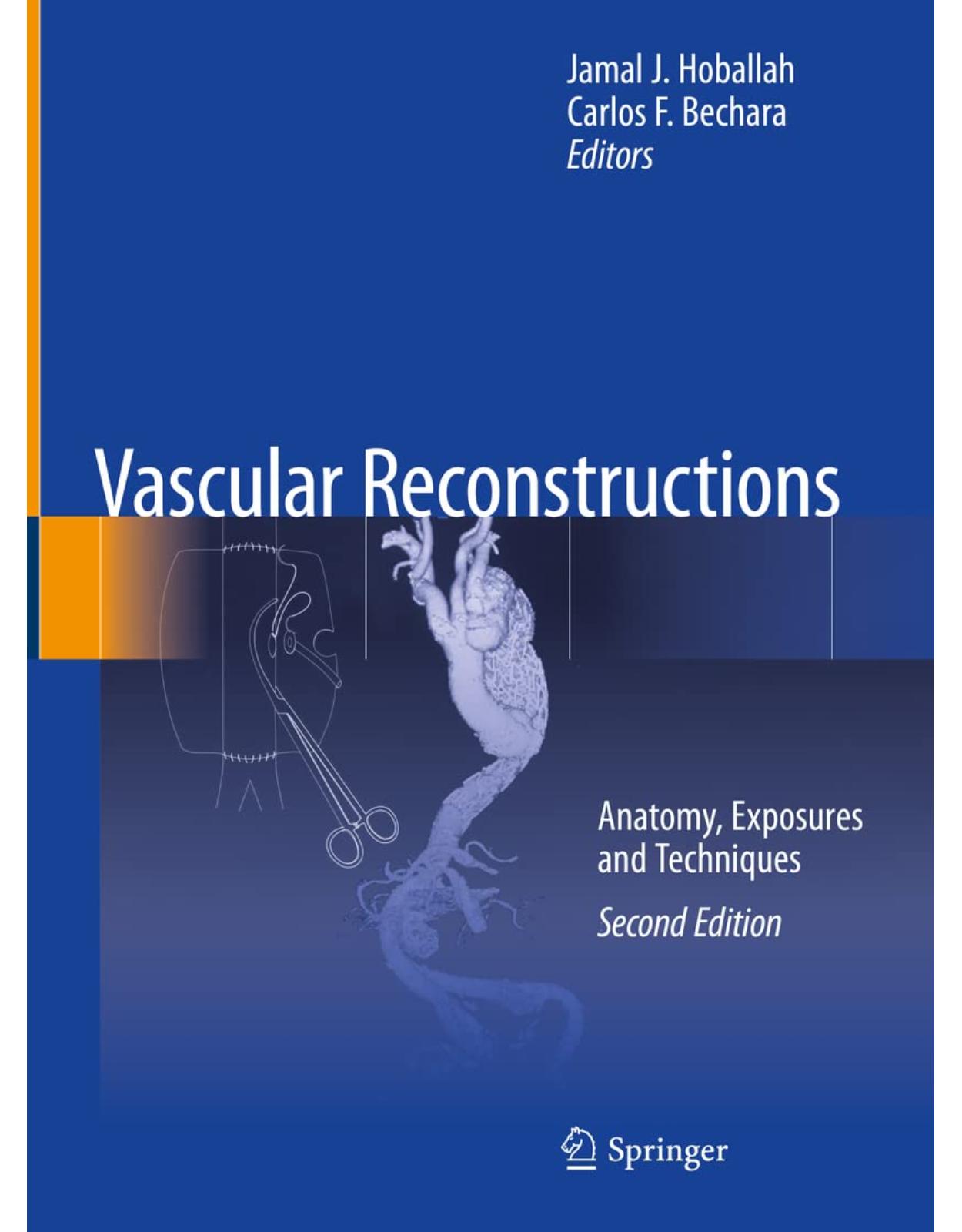
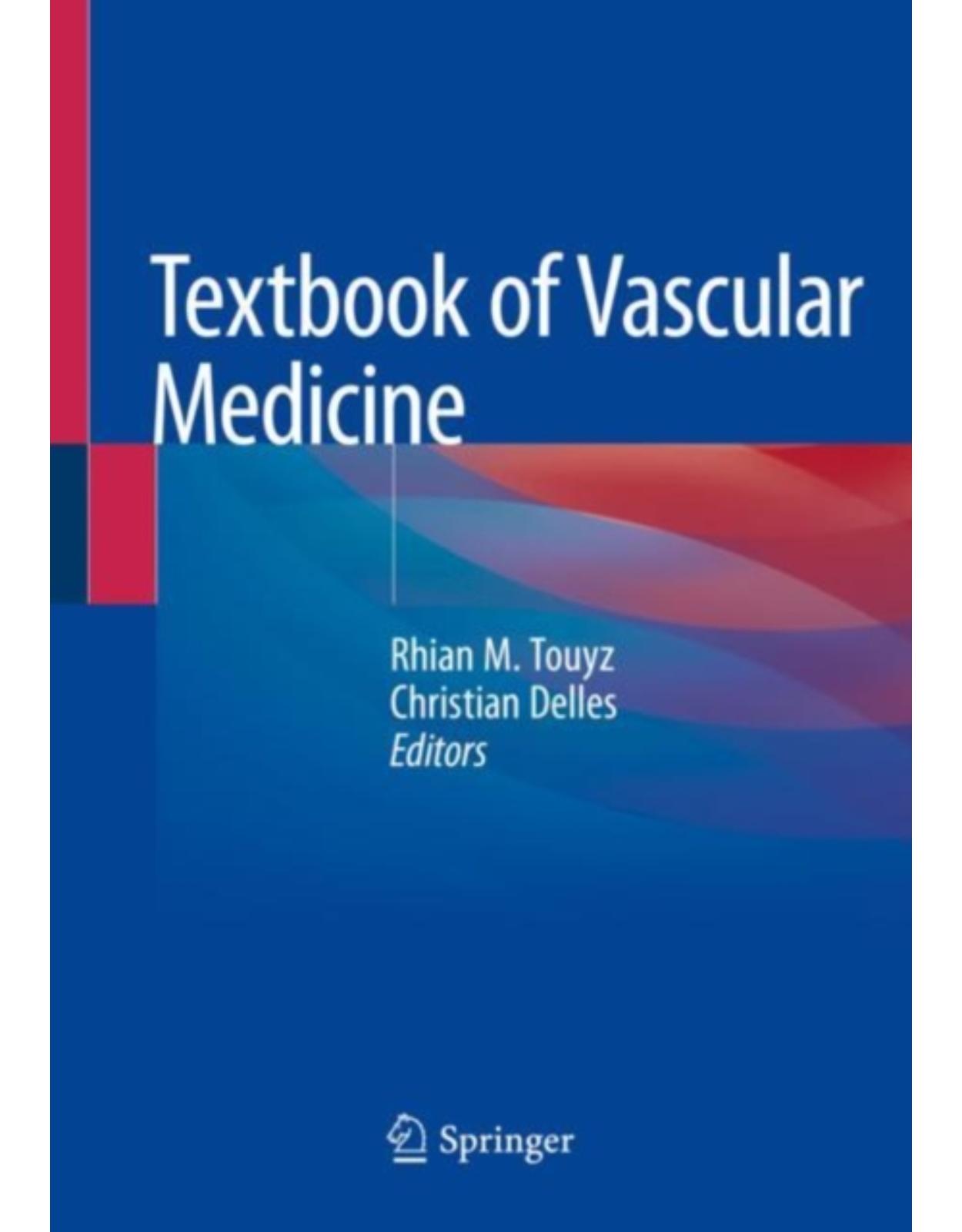
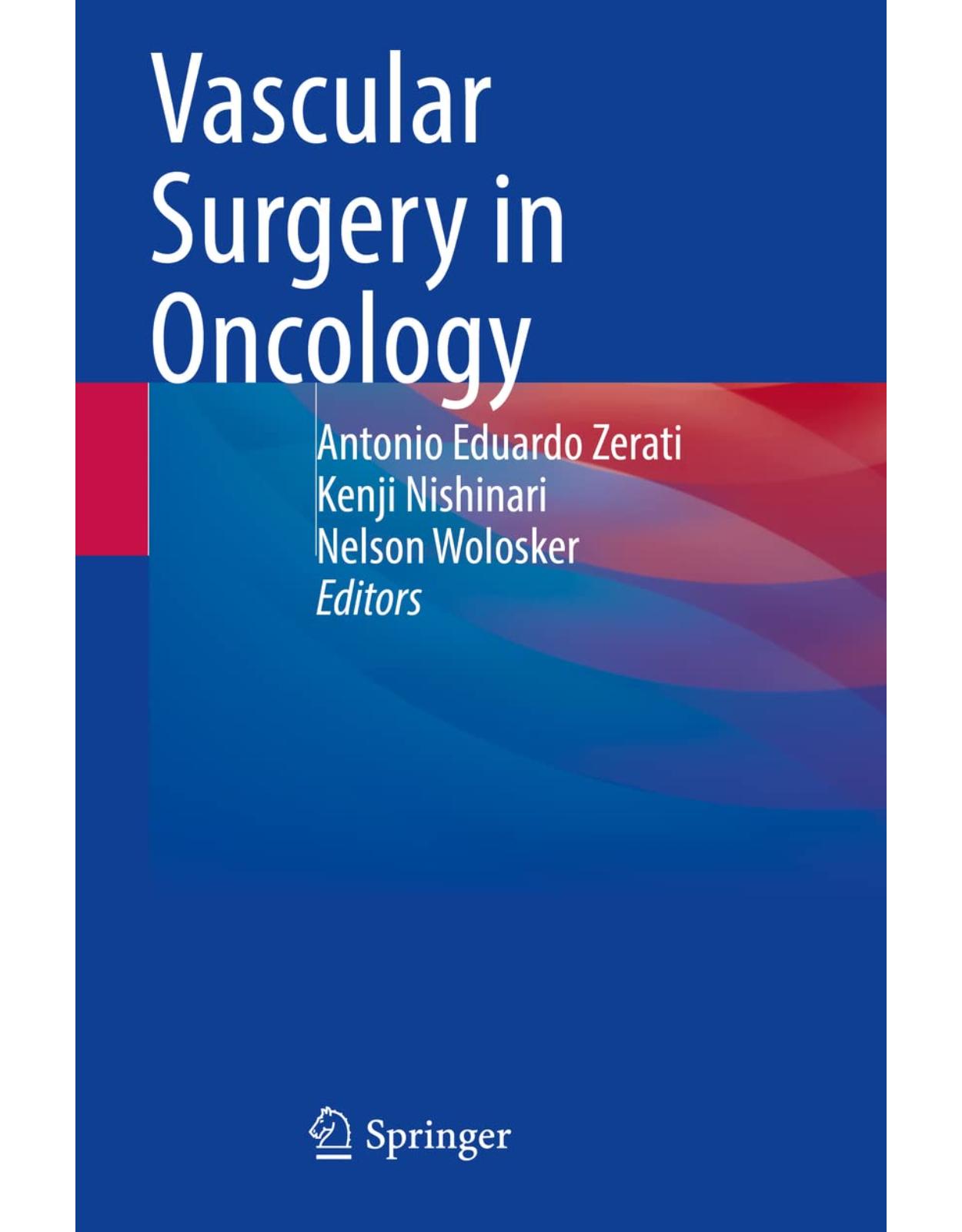
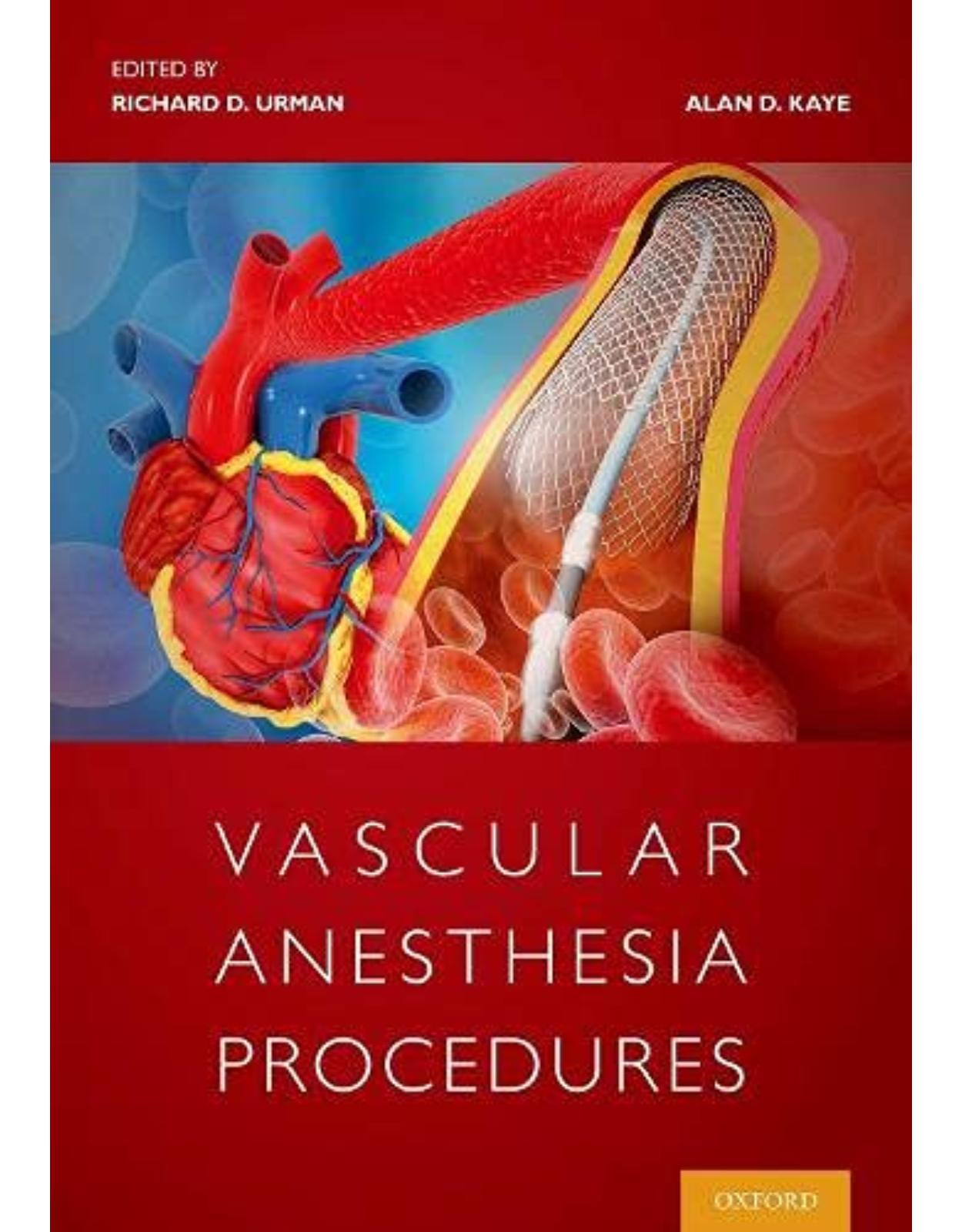
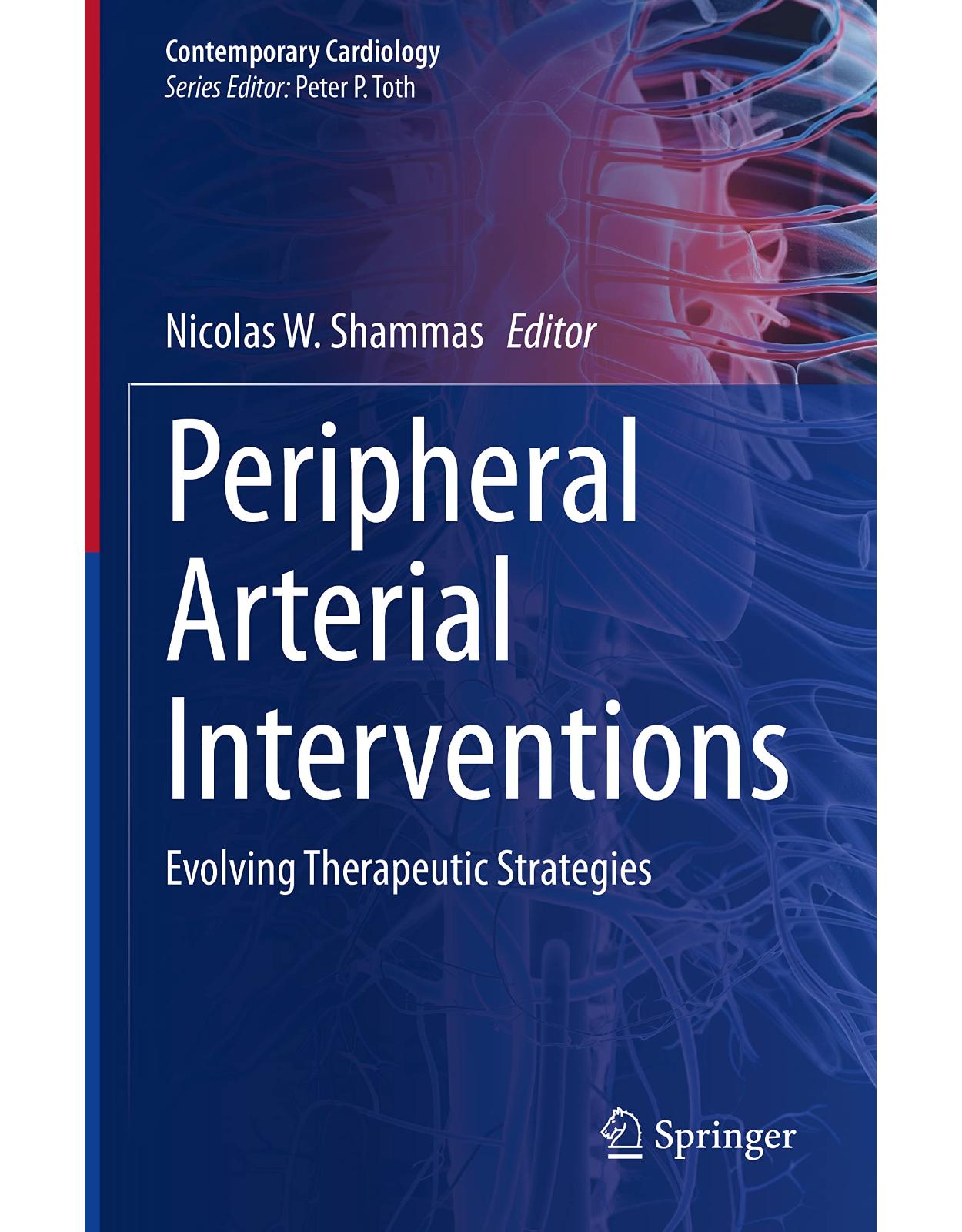
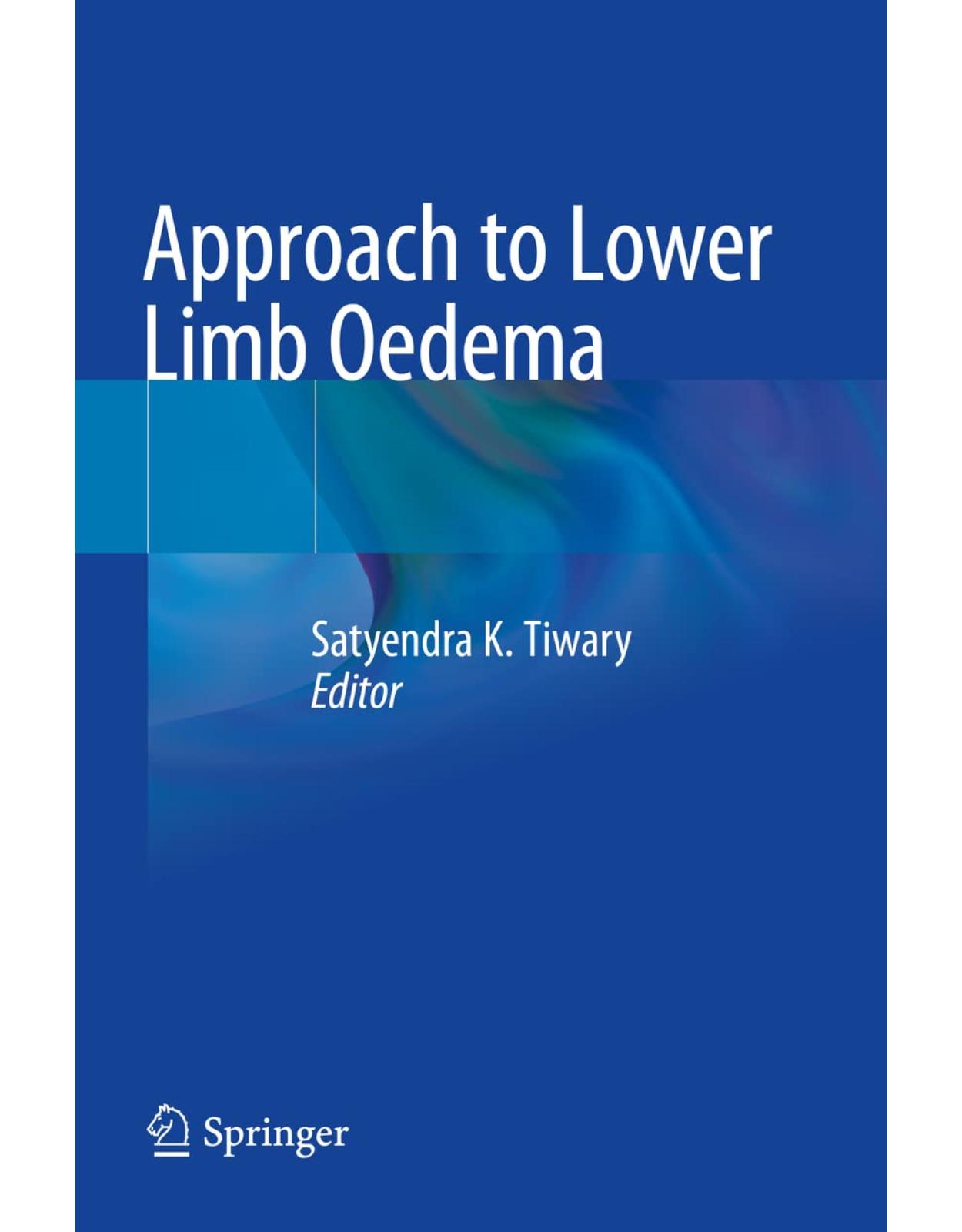
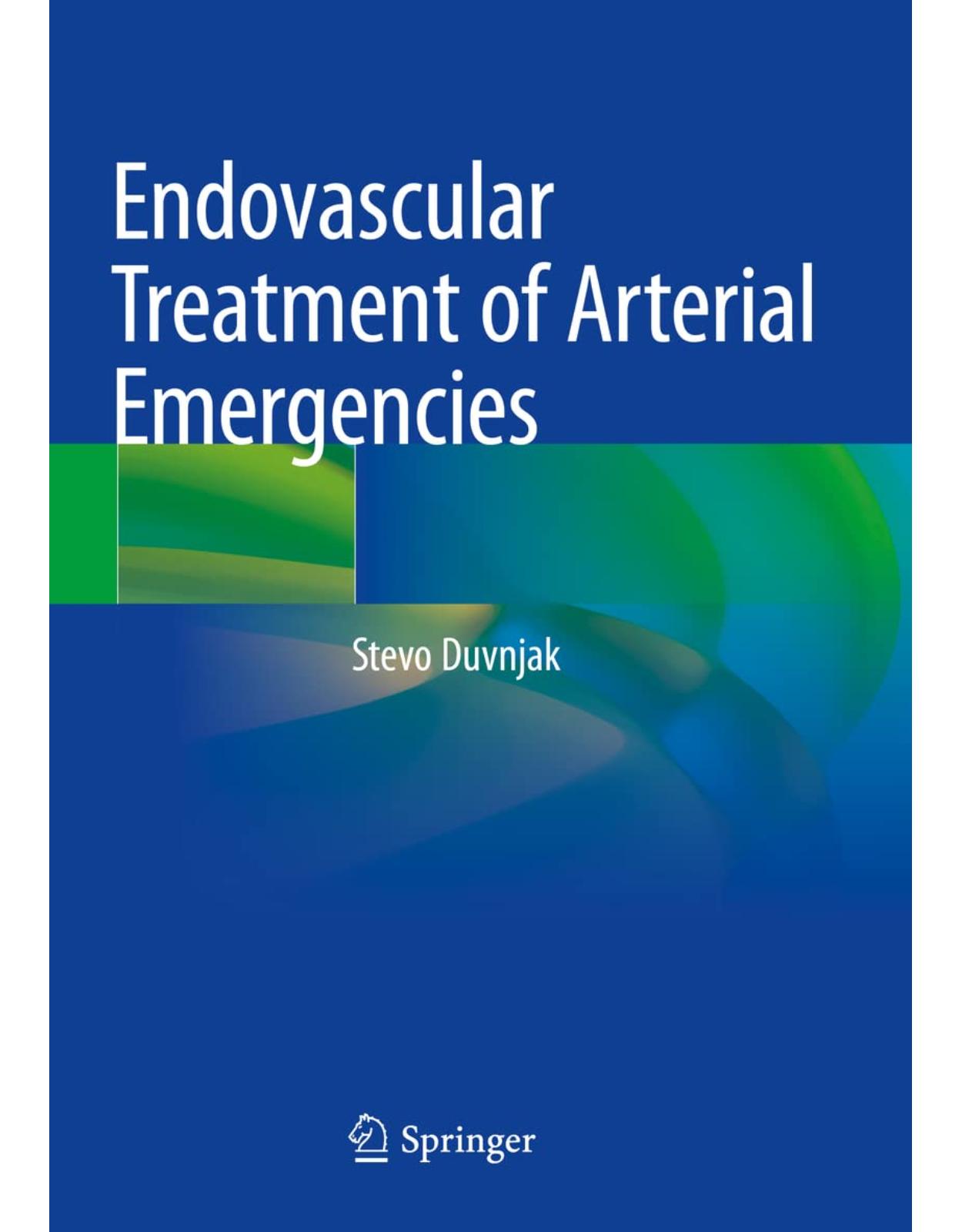
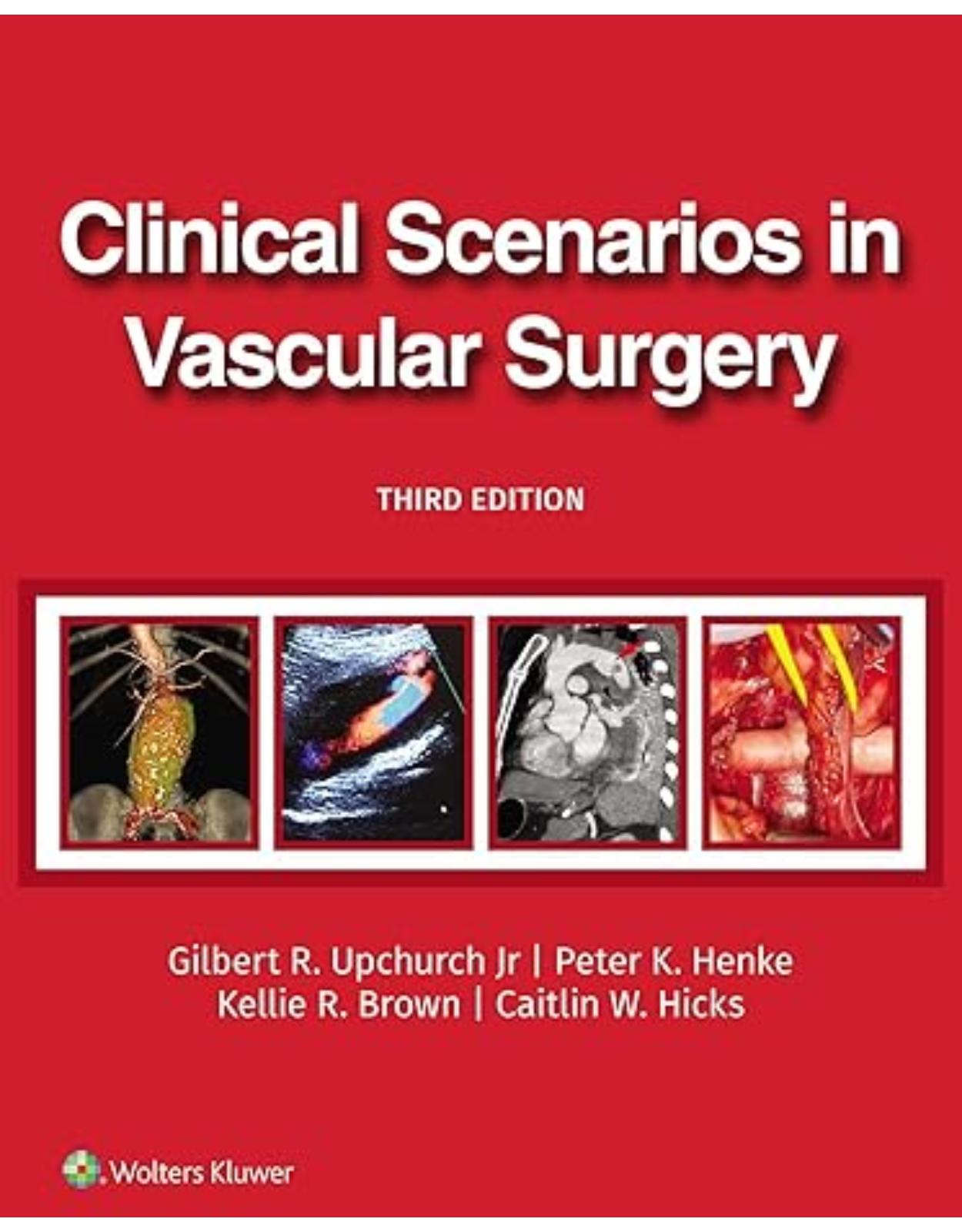
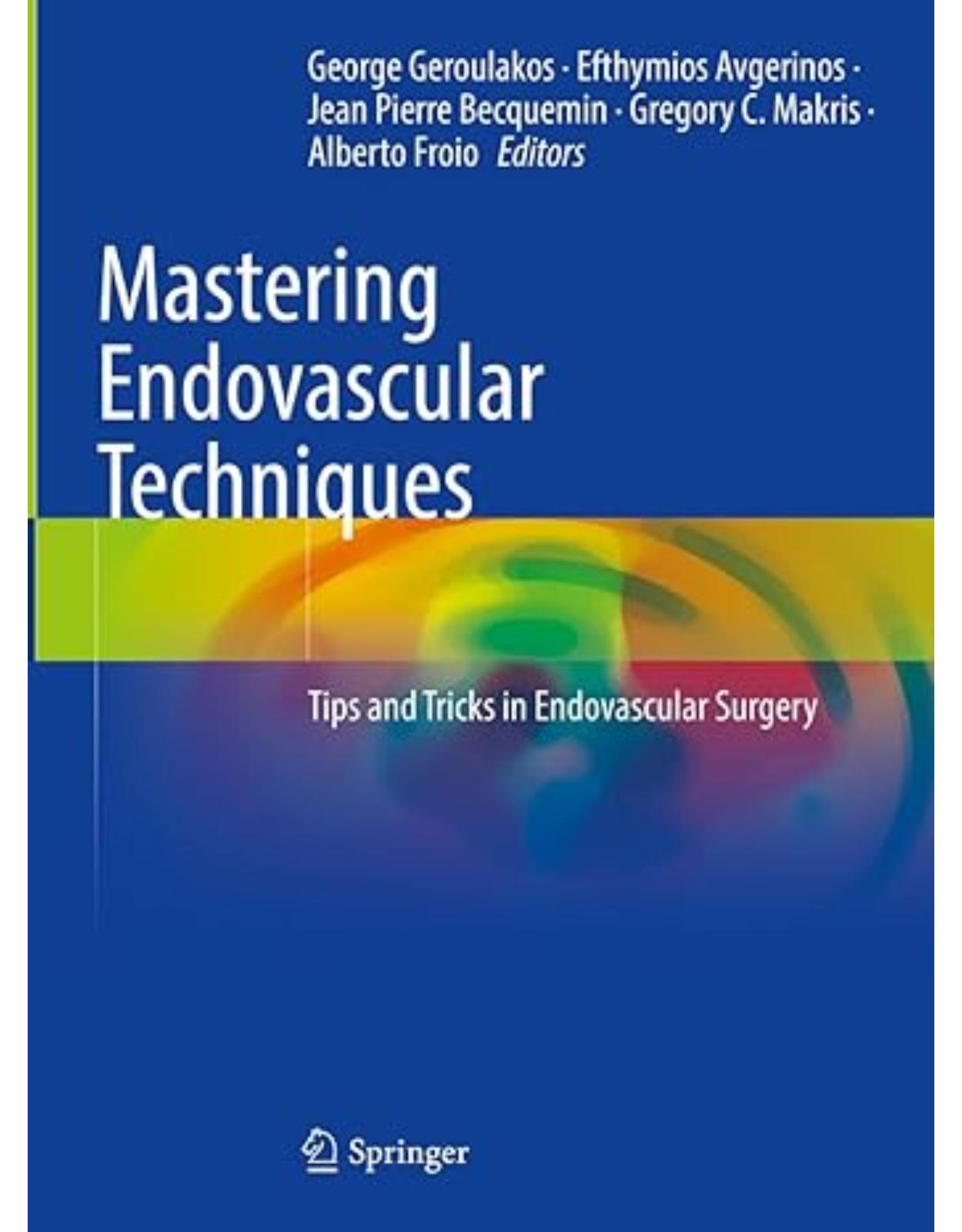
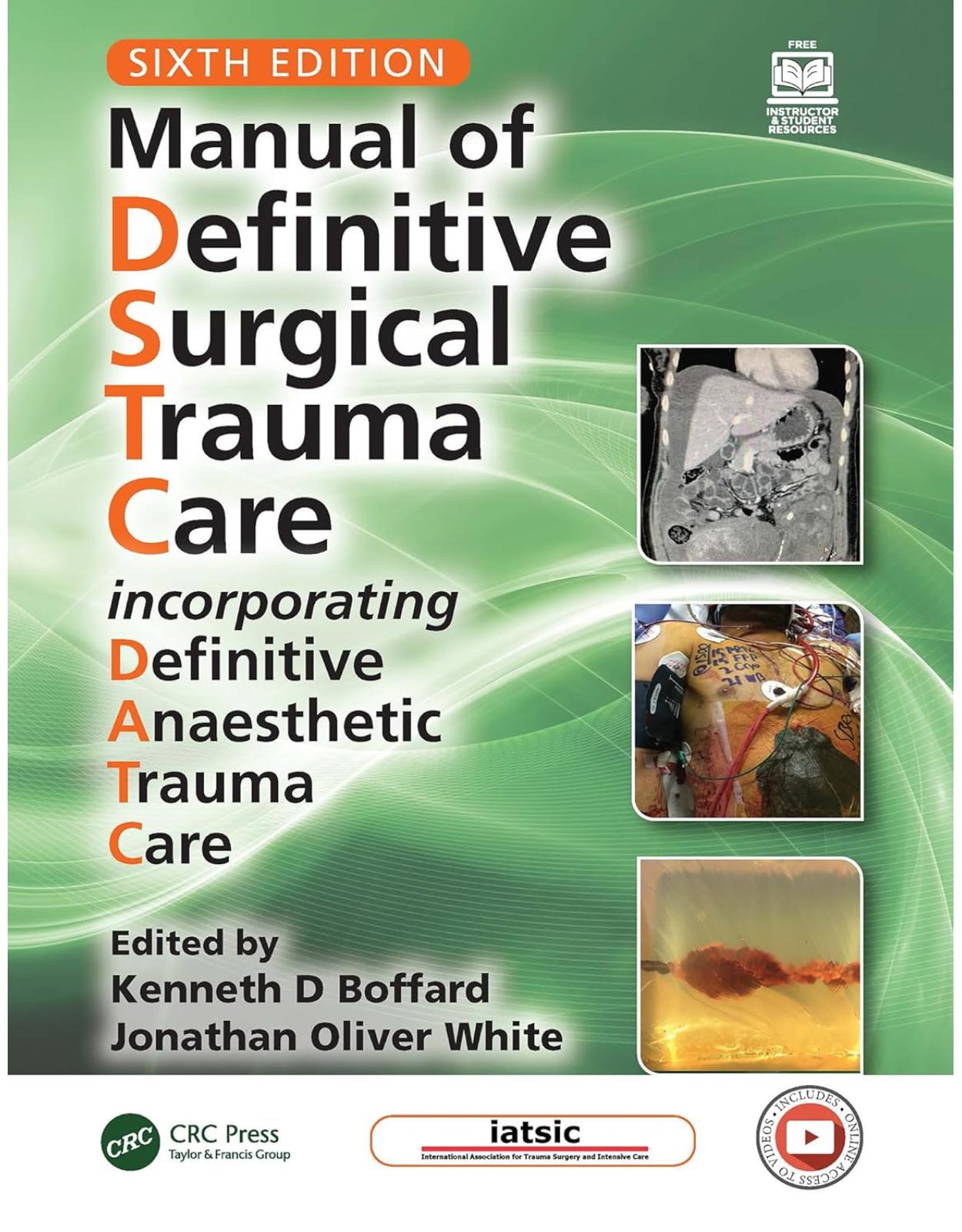
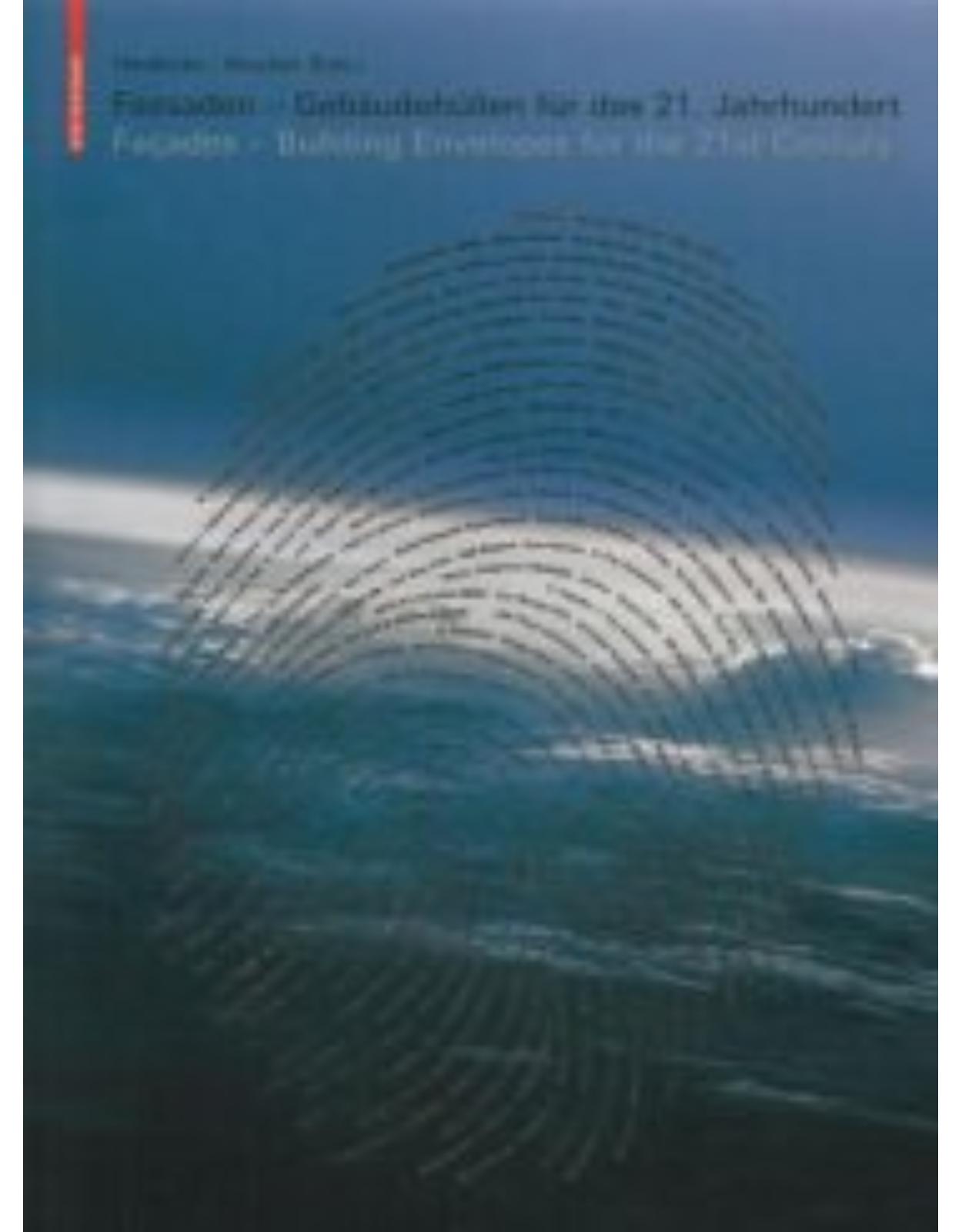
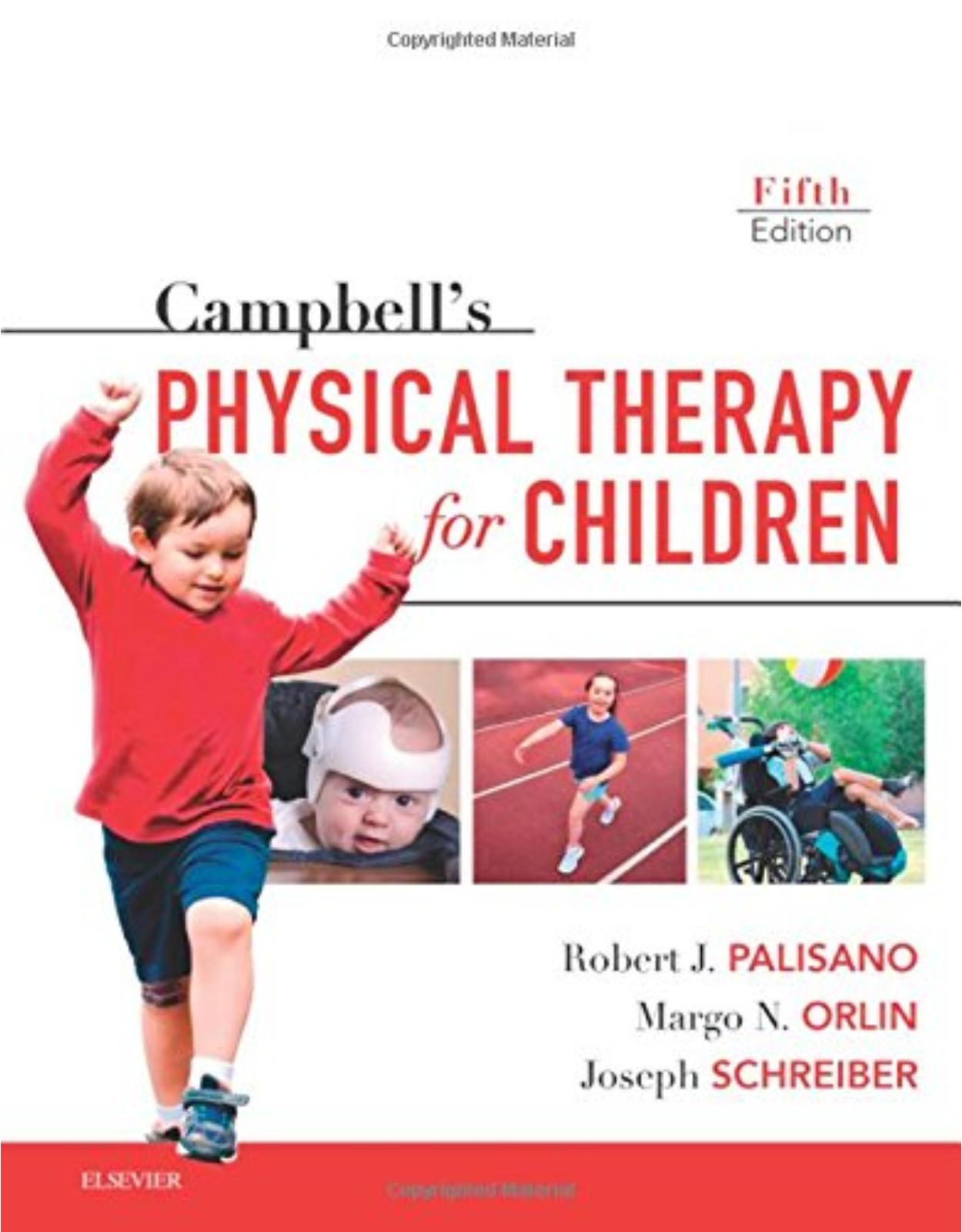
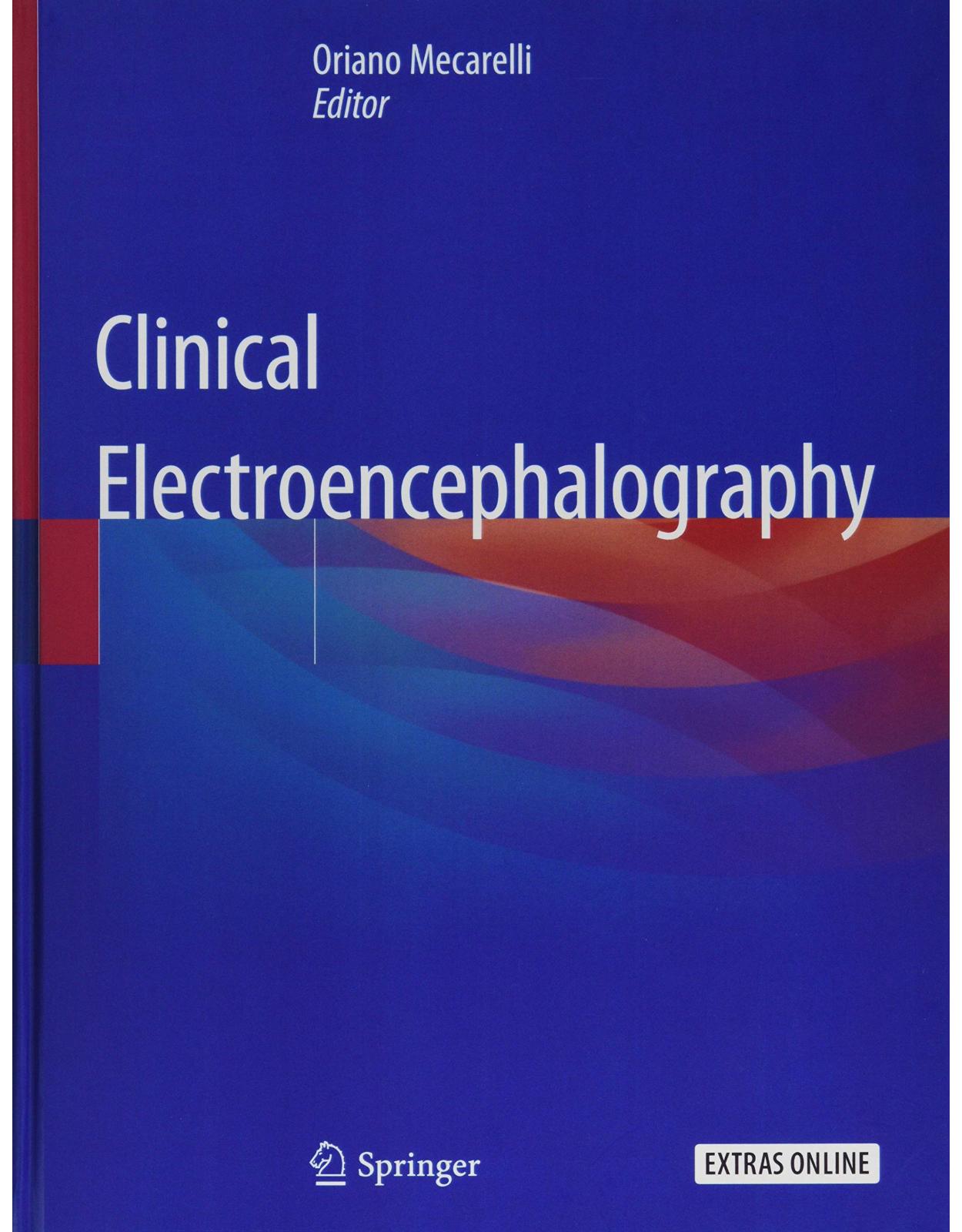
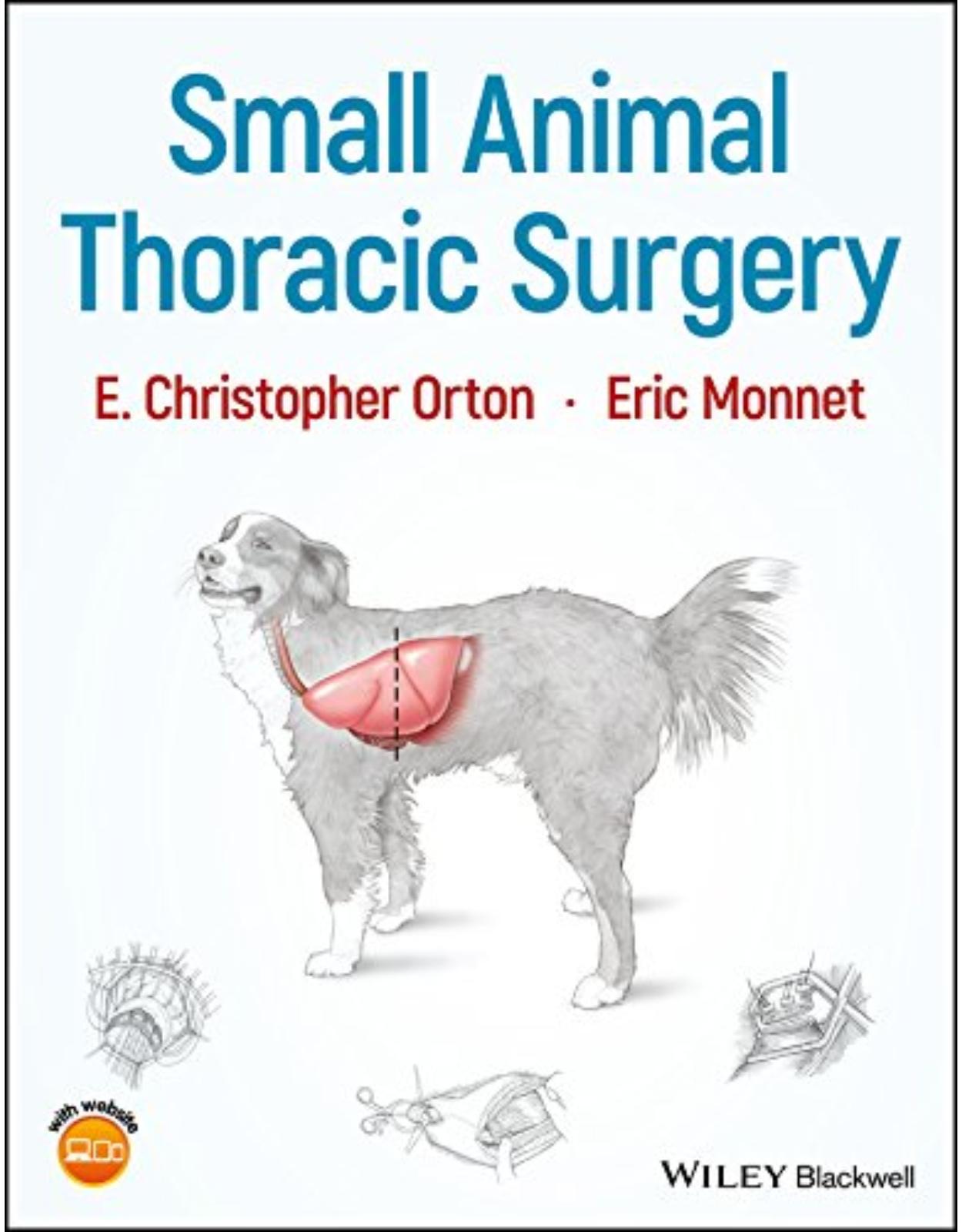
Clientii ebookshop.ro nu au adaugat inca opinii pentru acest produs. Fii primul care adauga o parere, folosind formularul de mai jos.